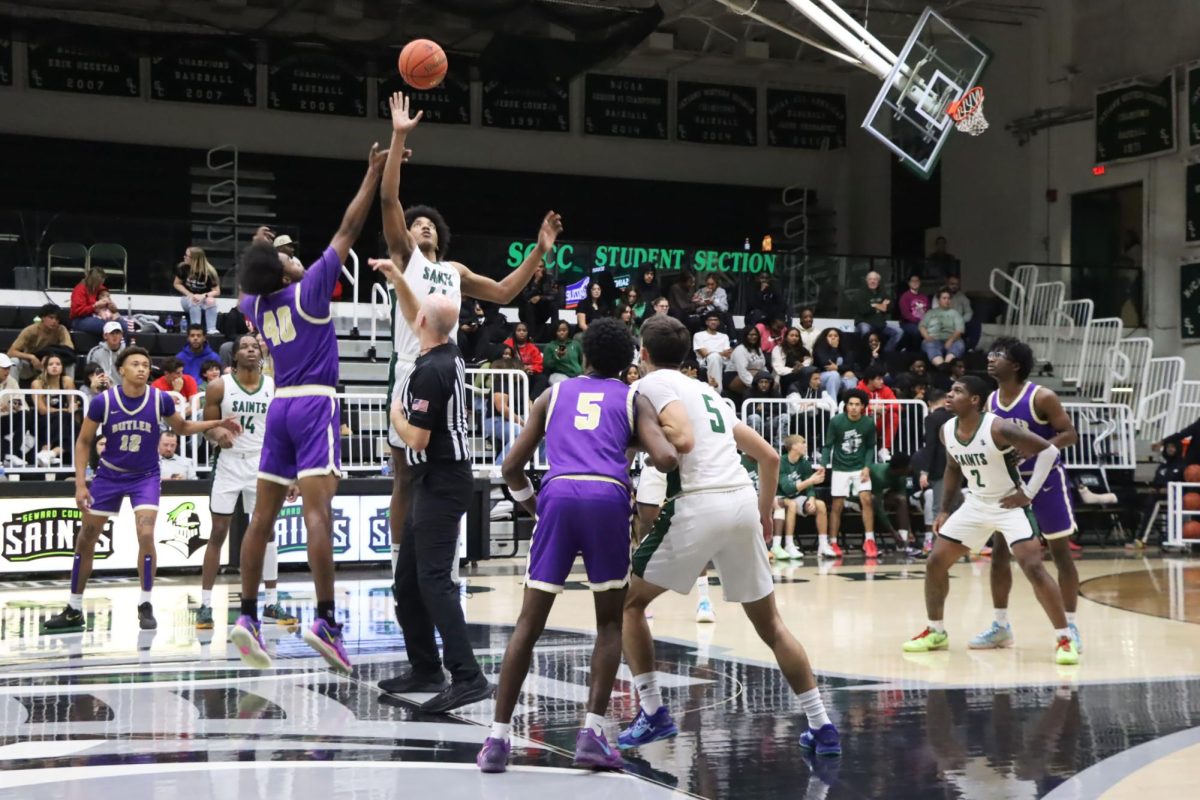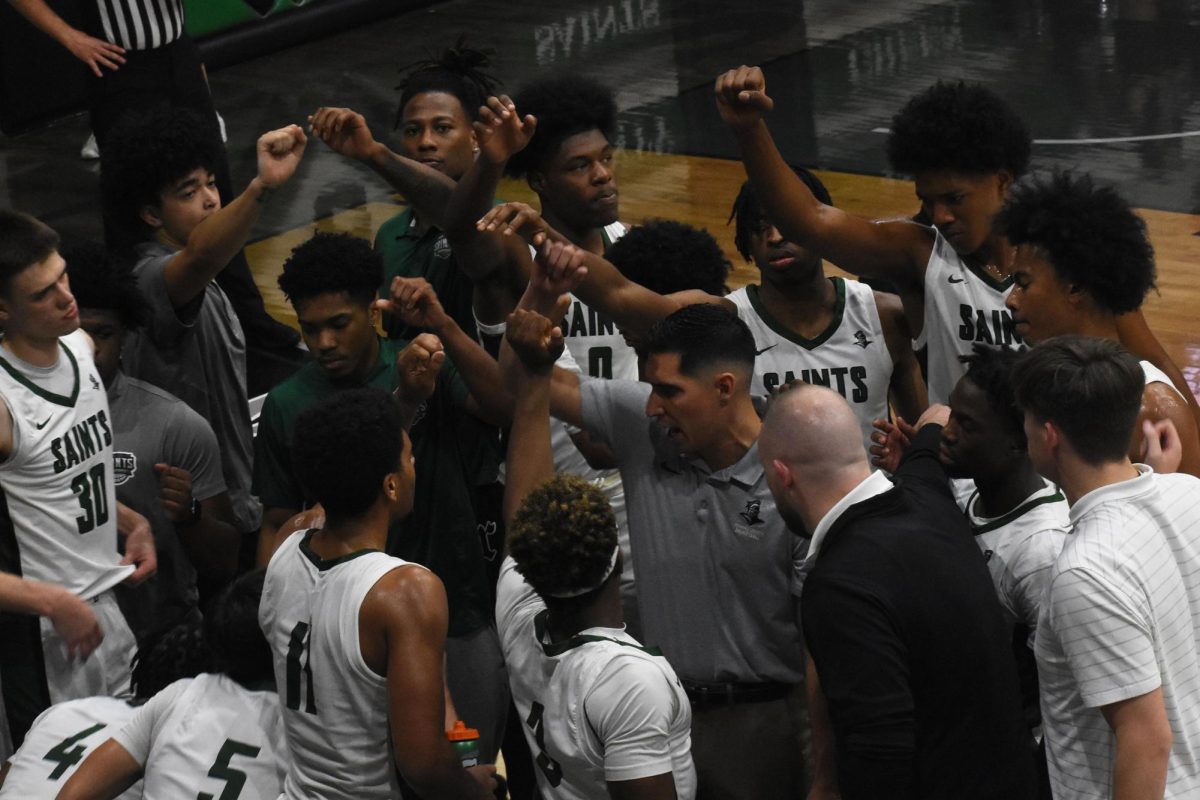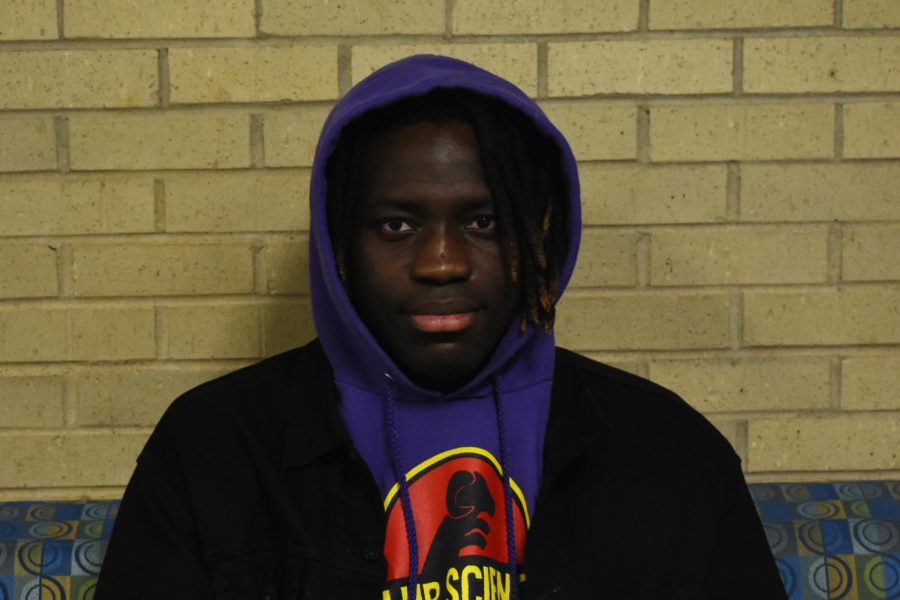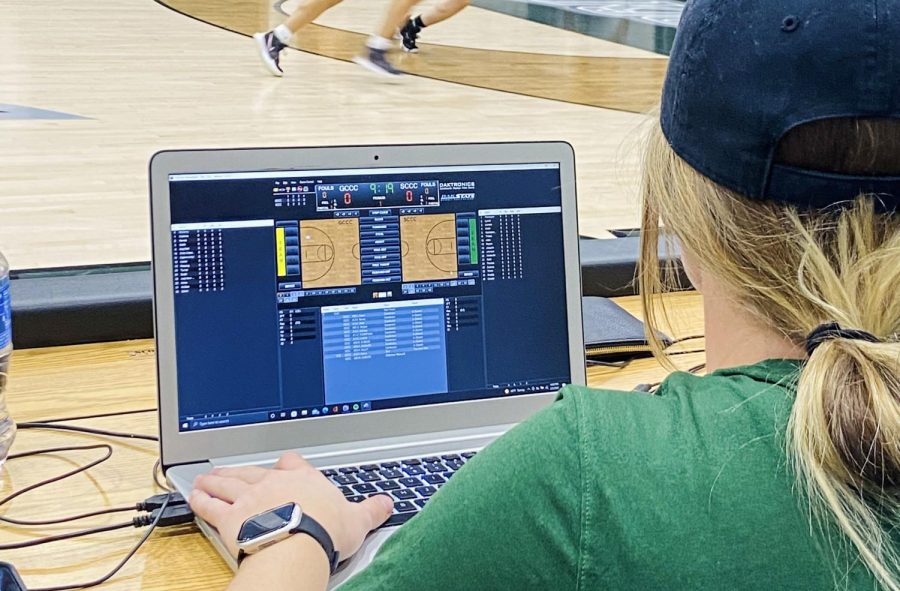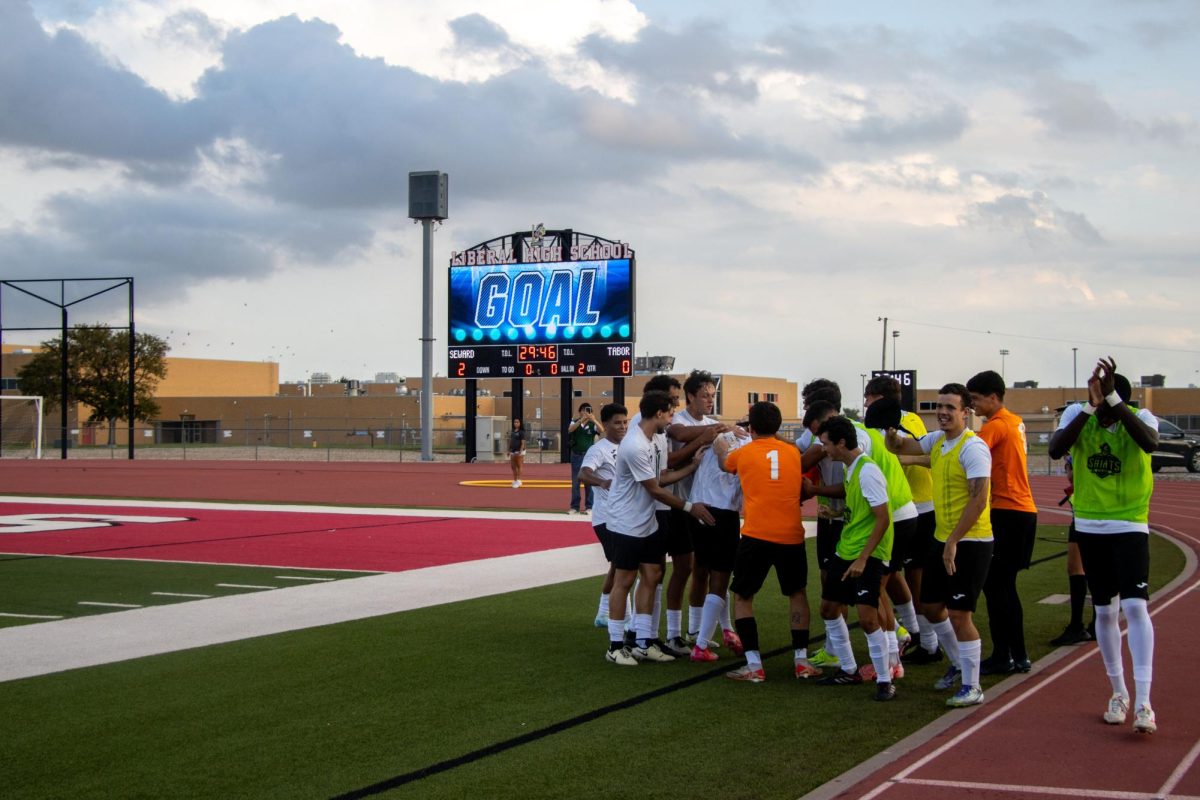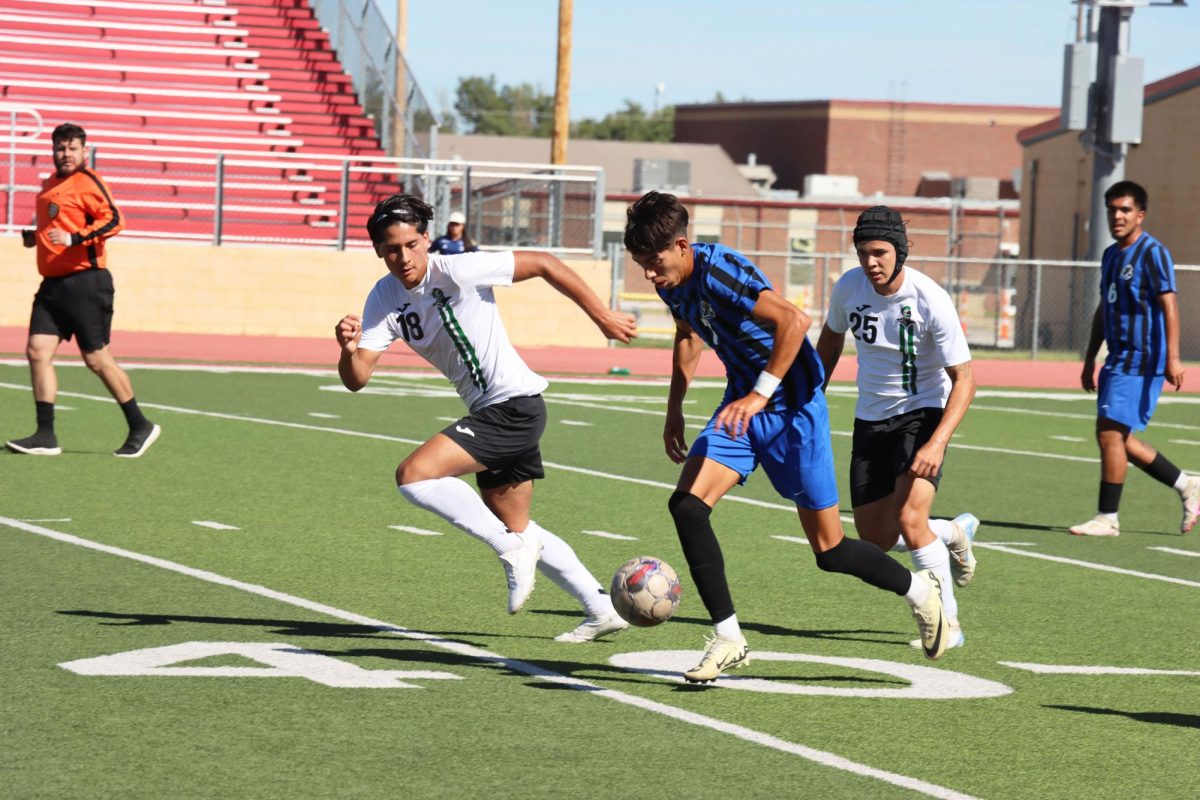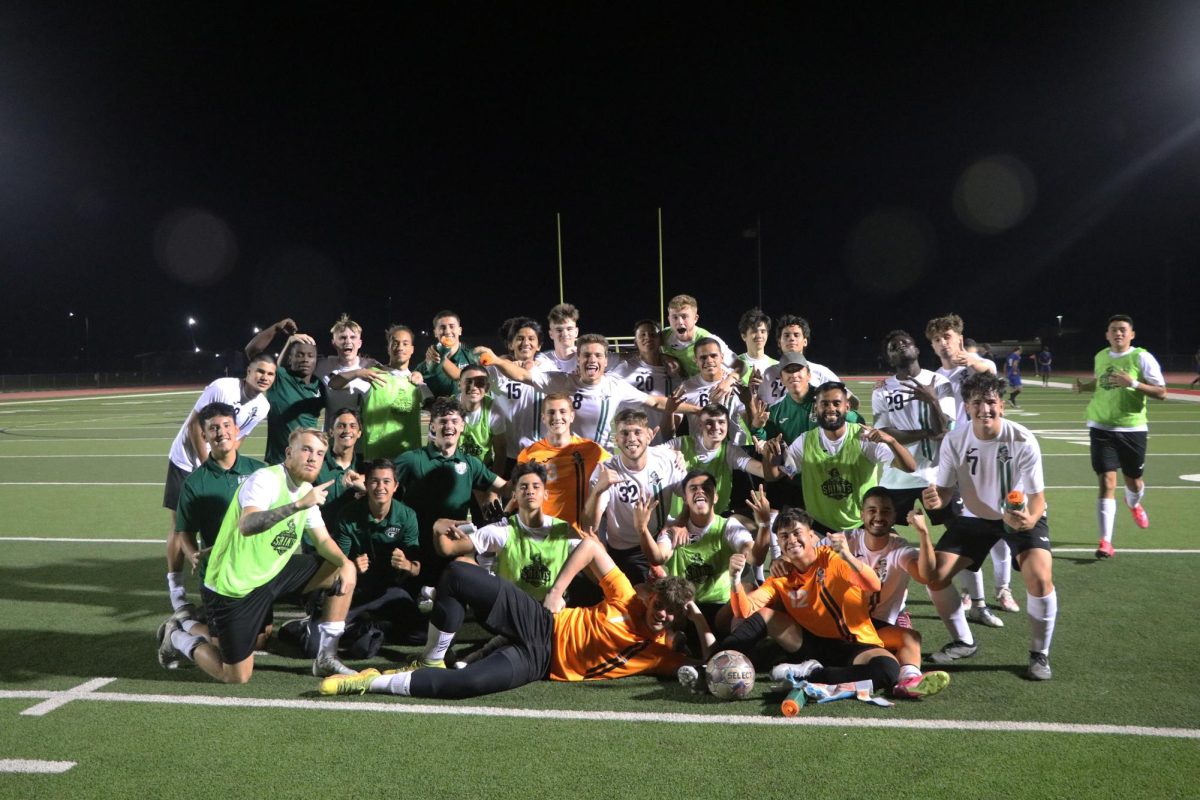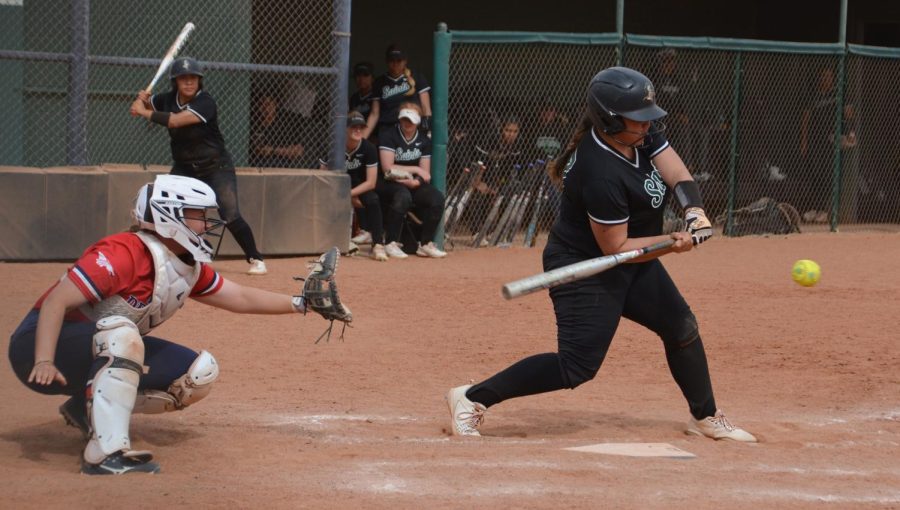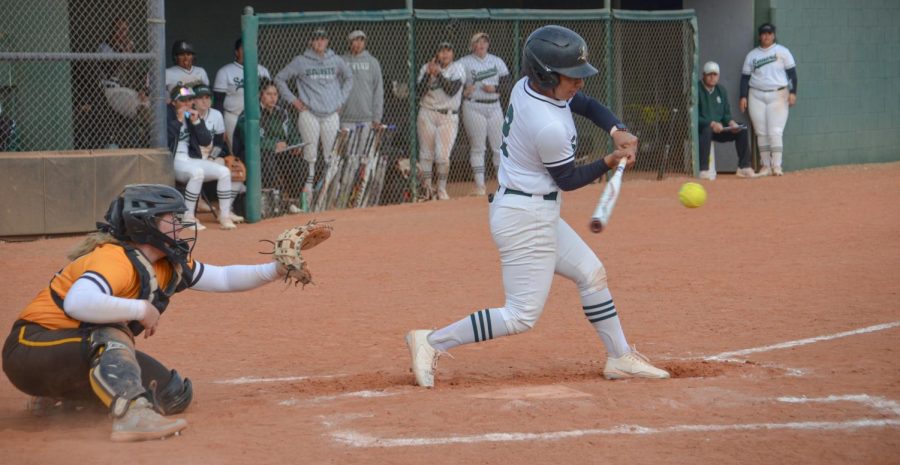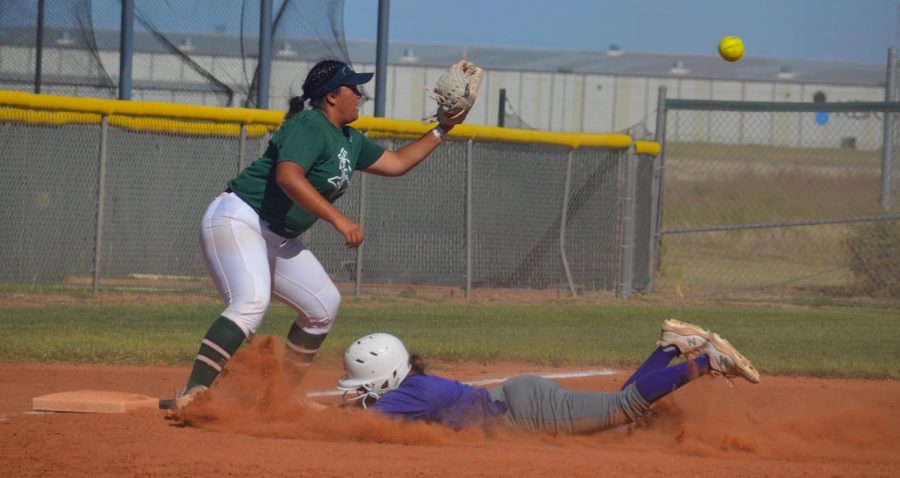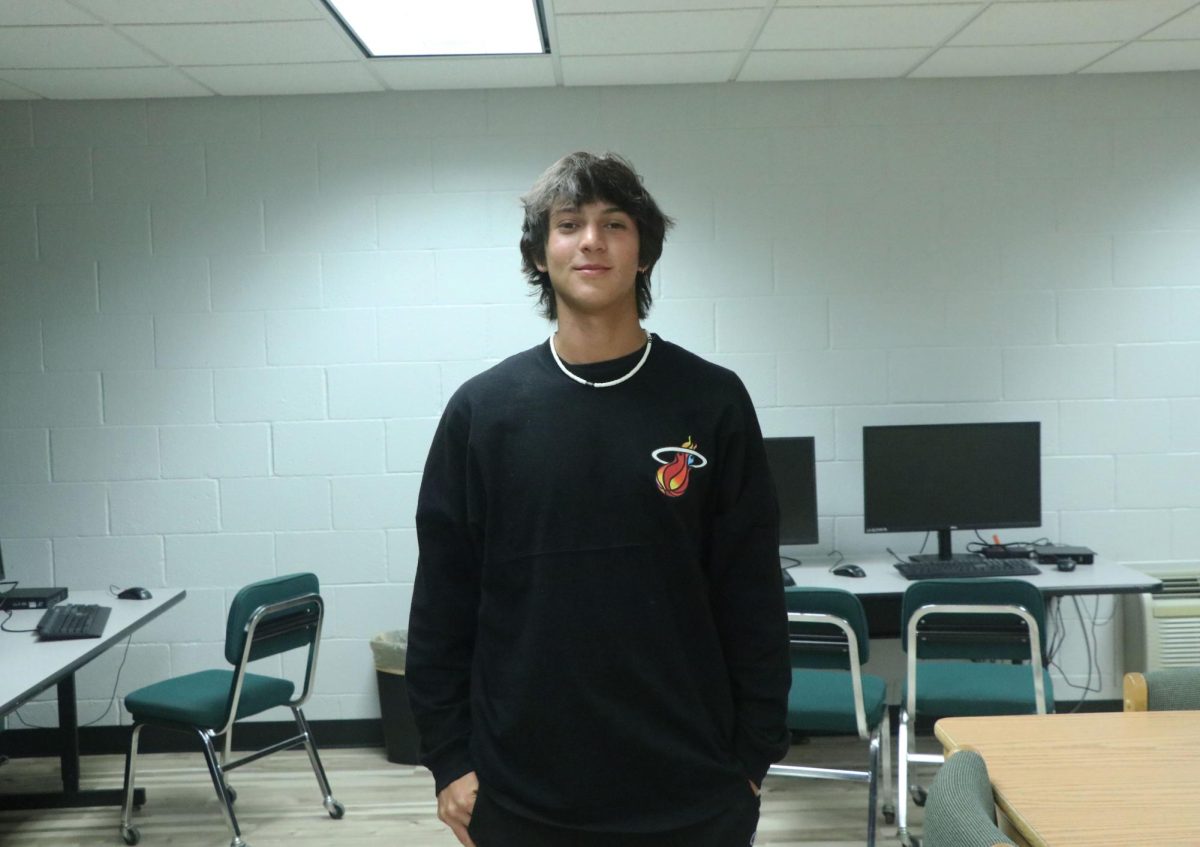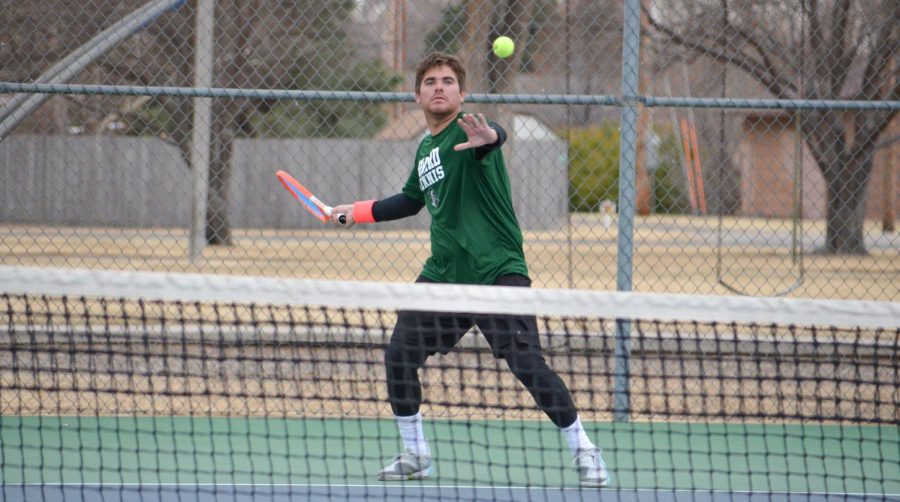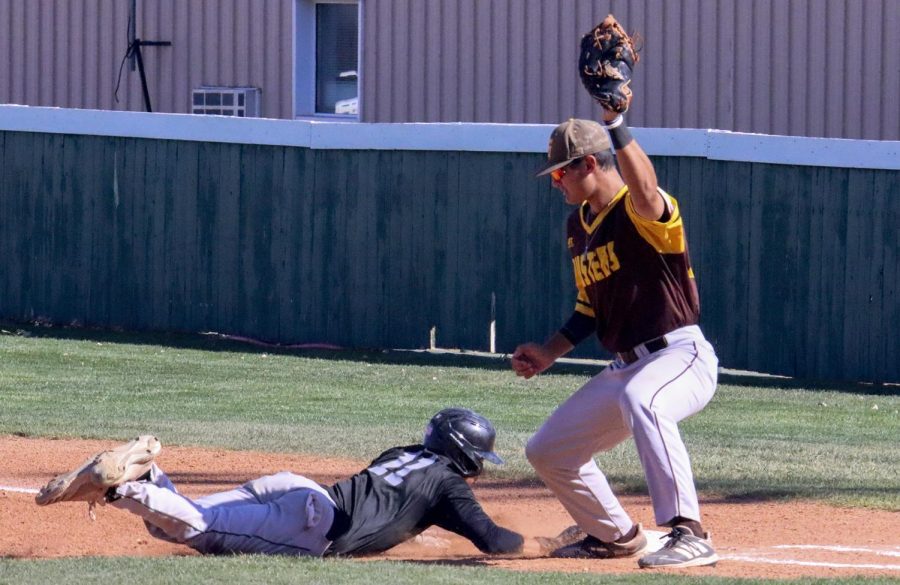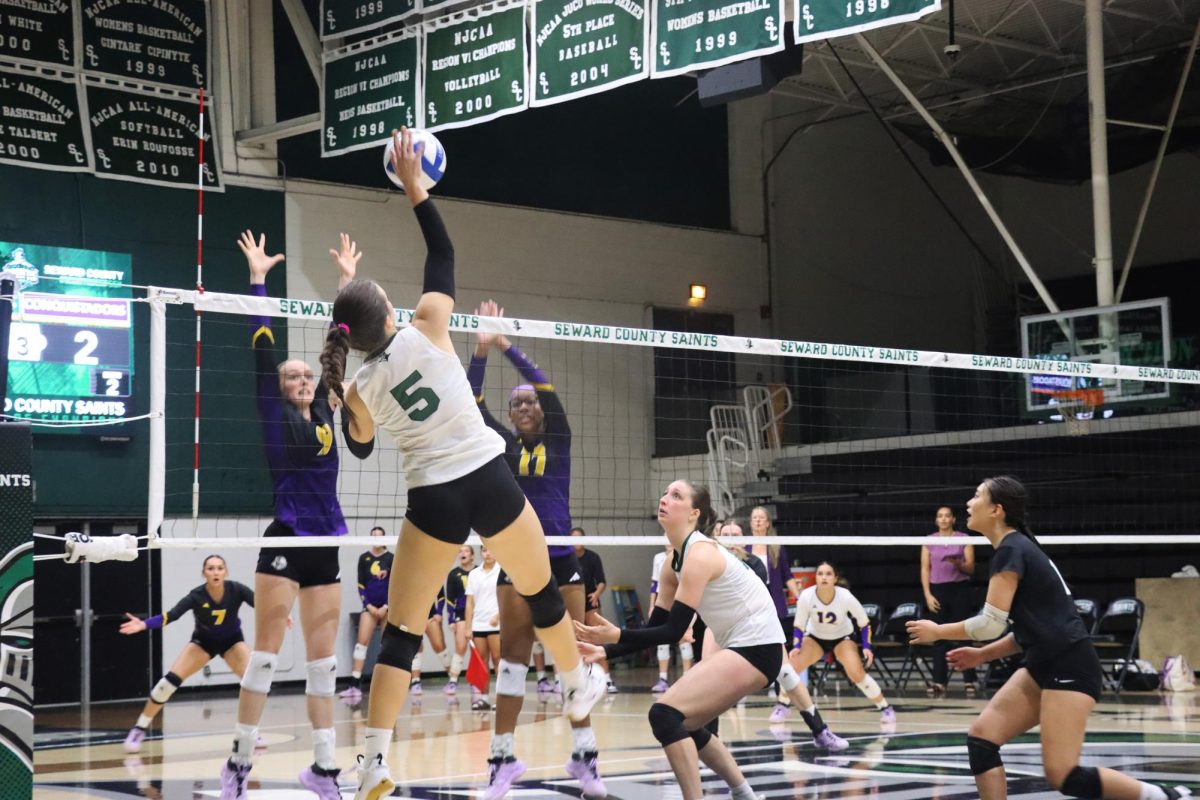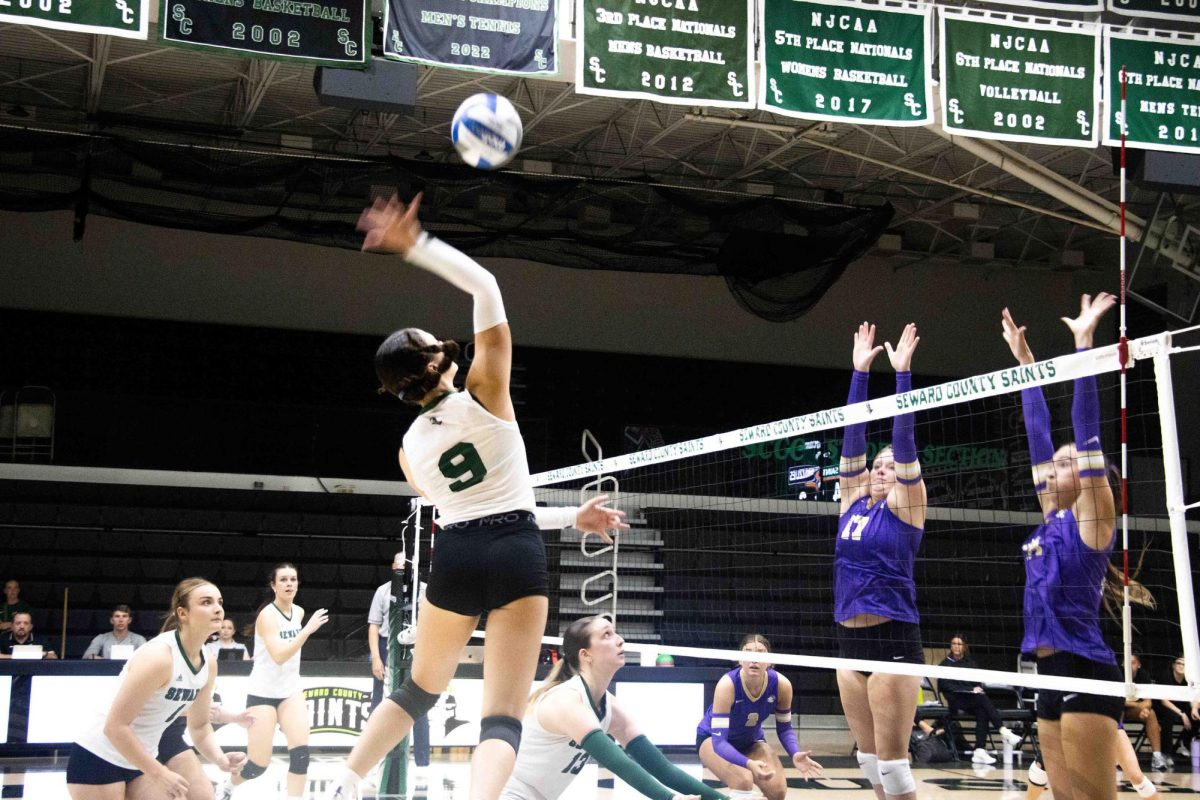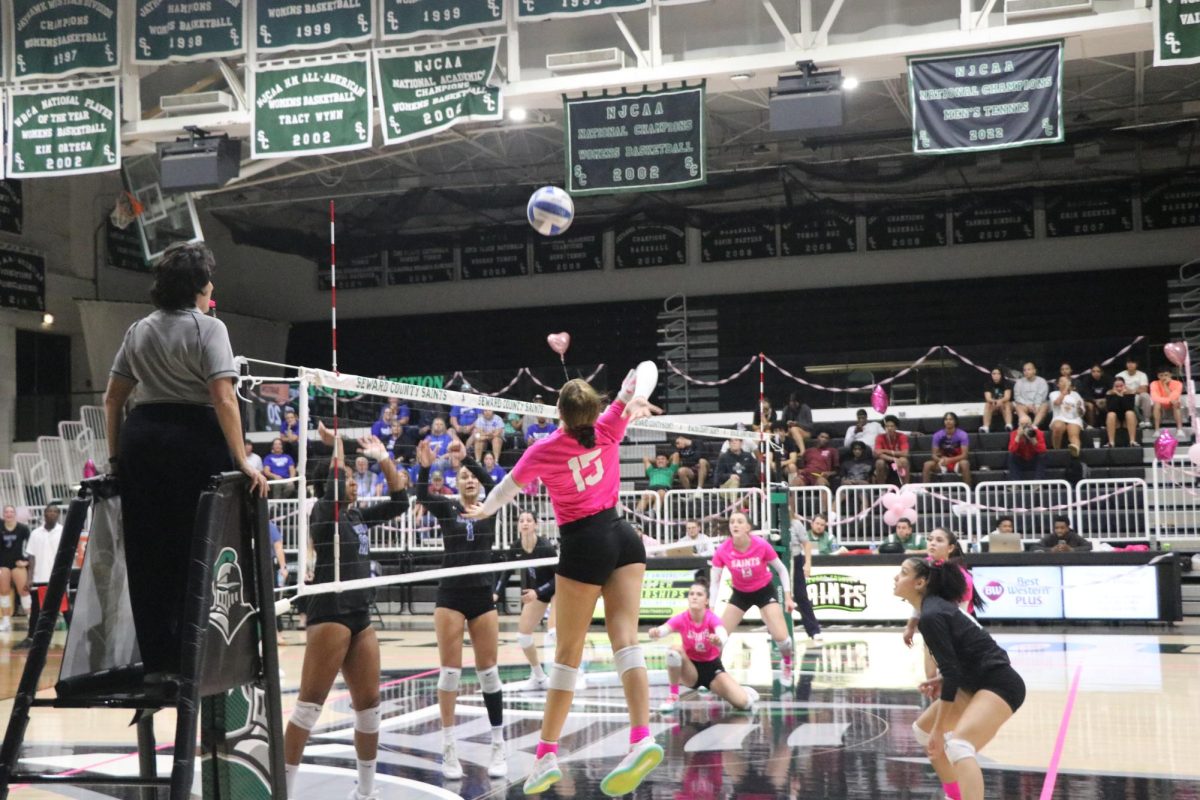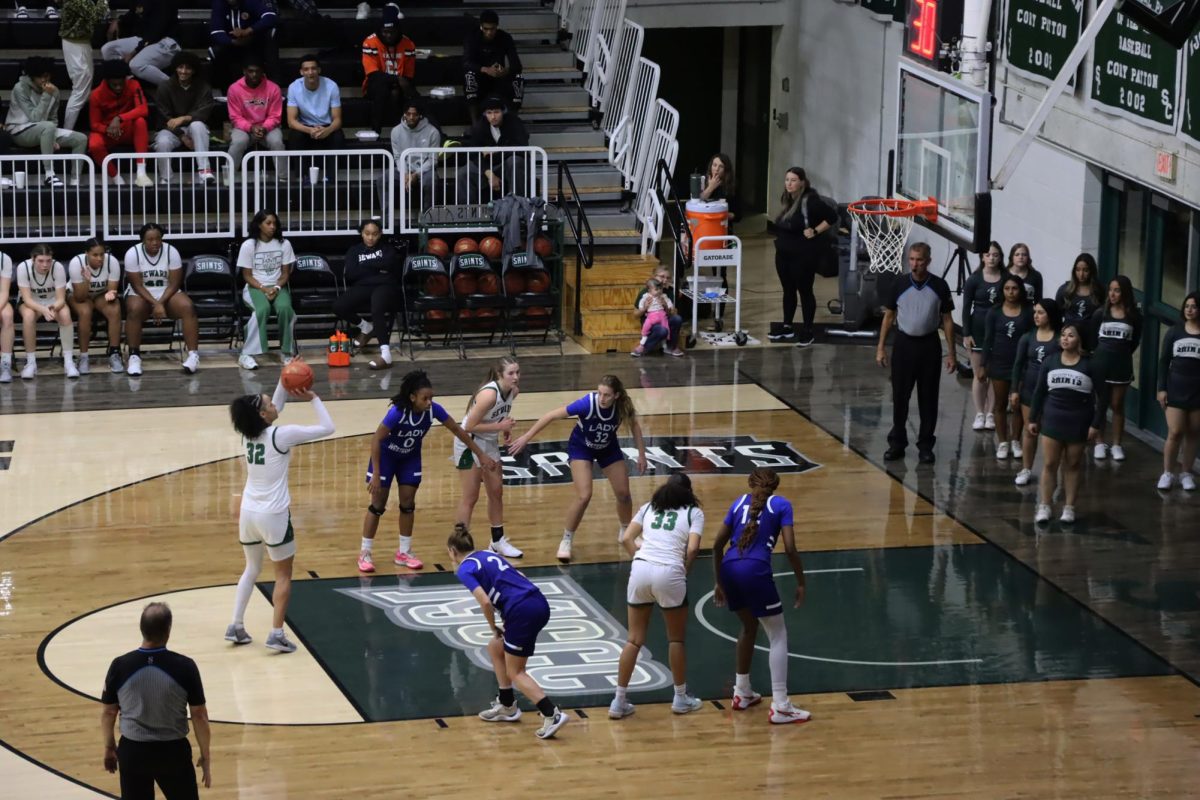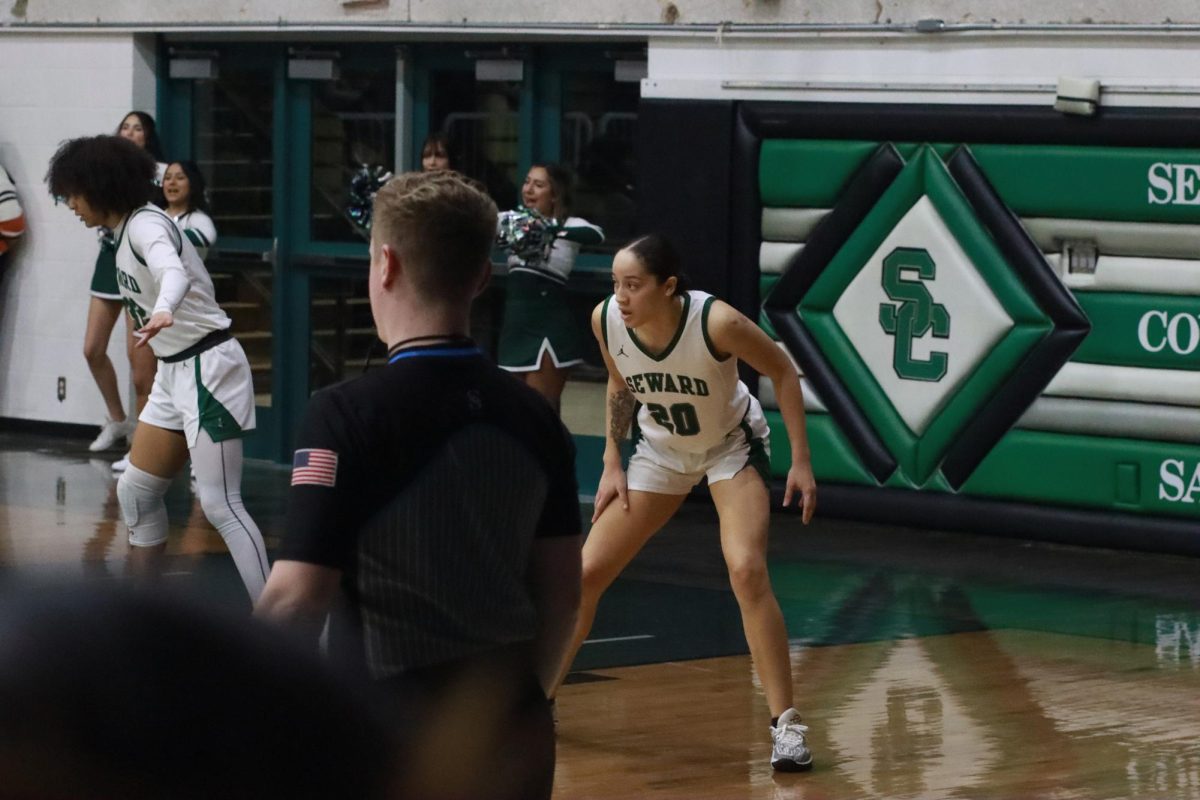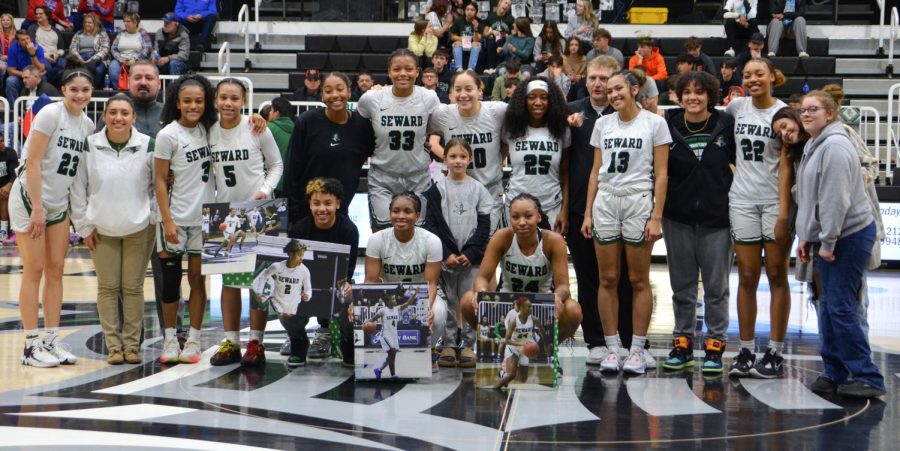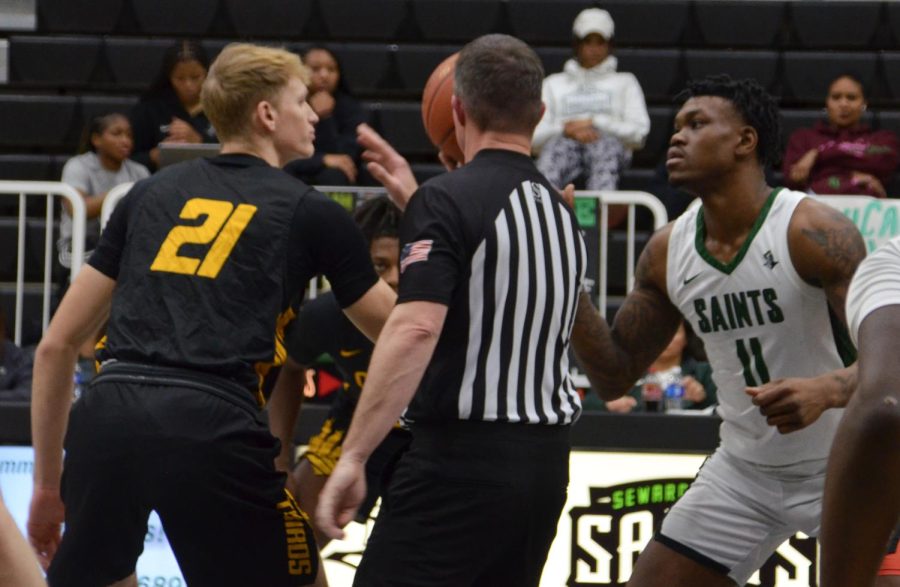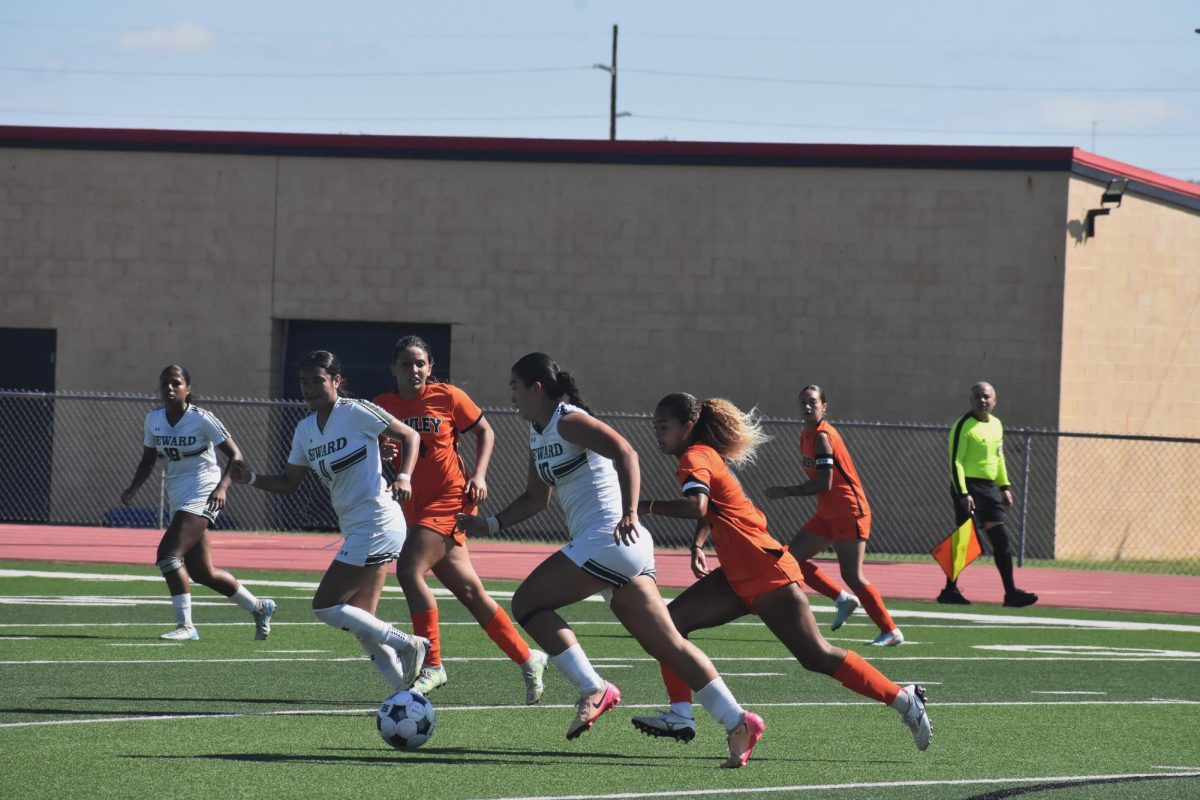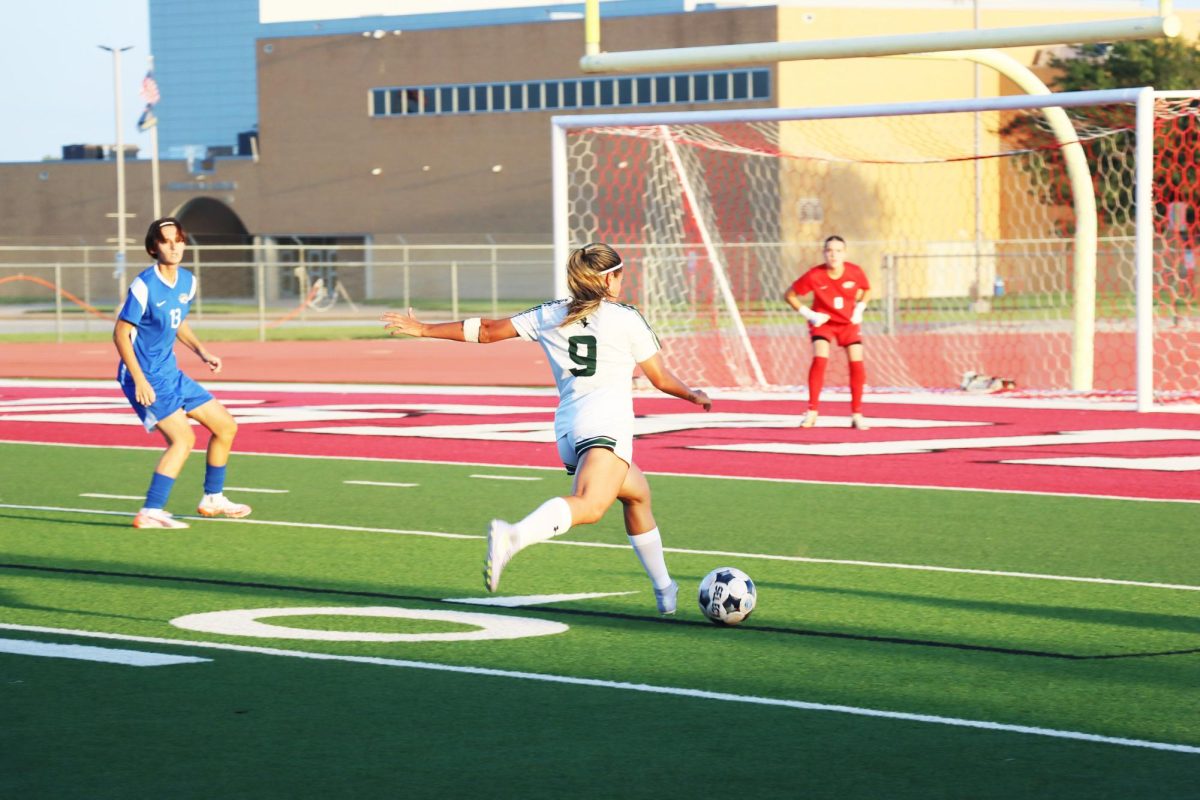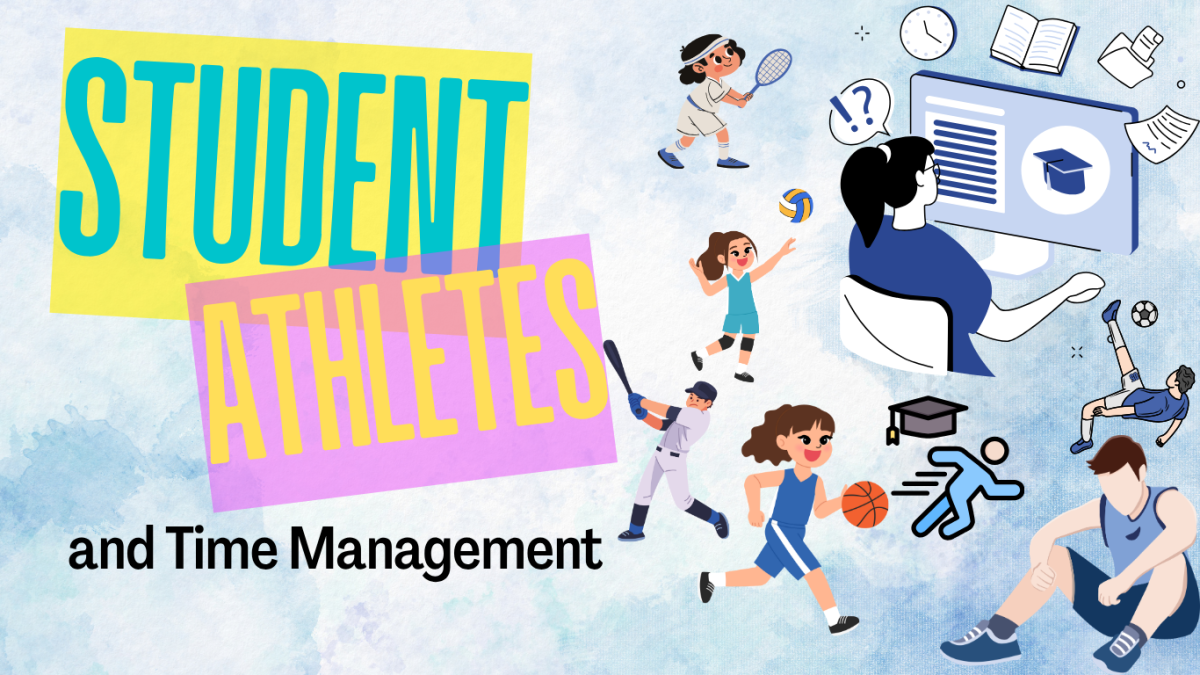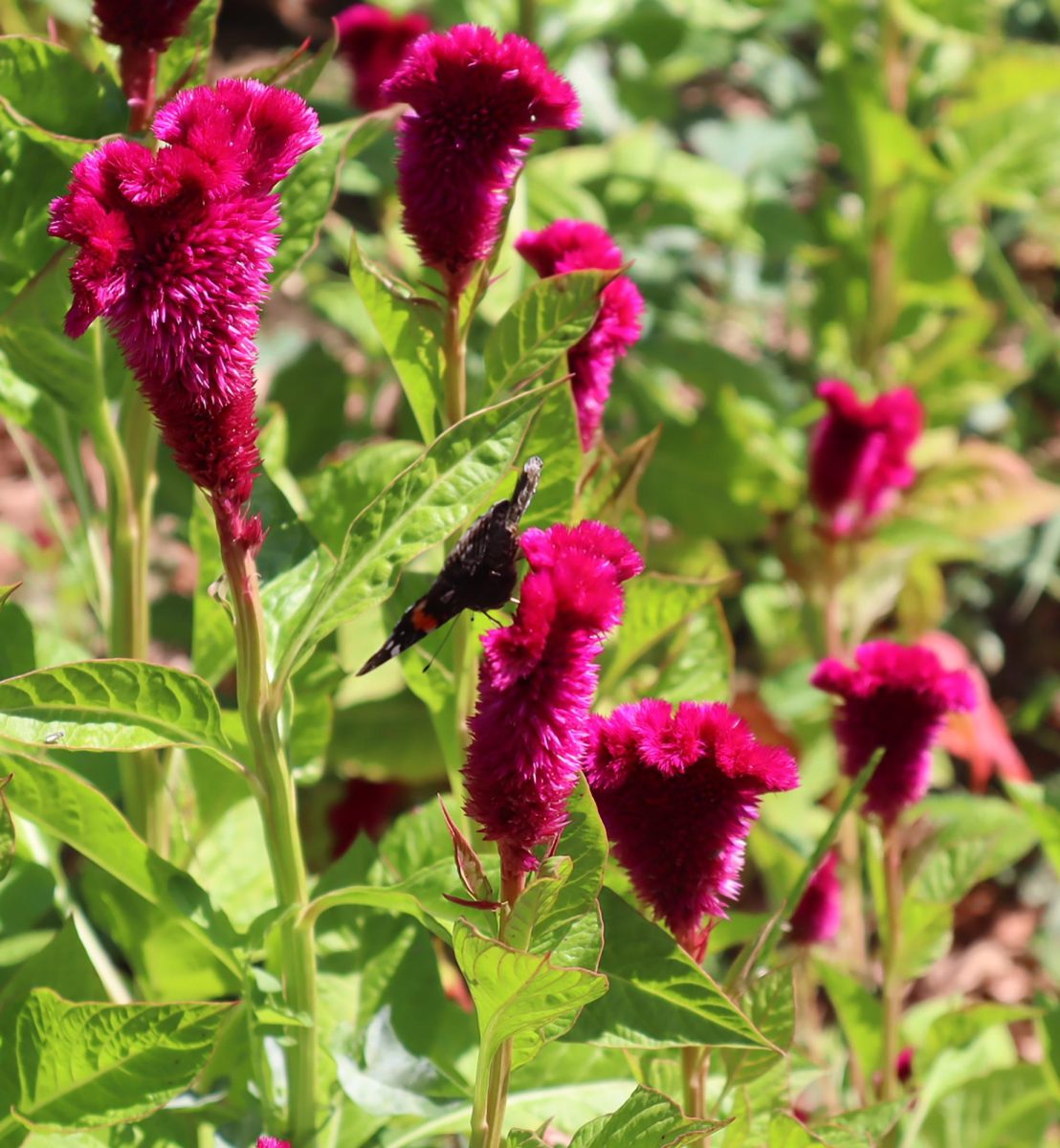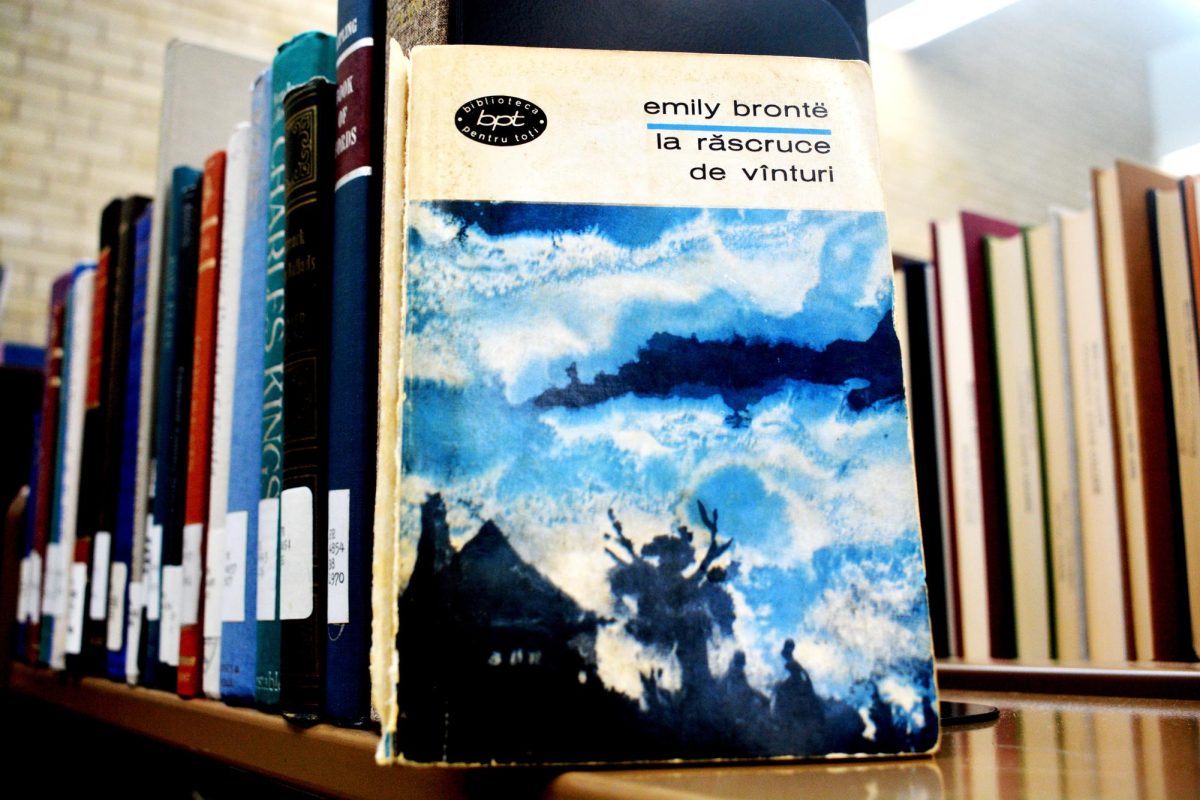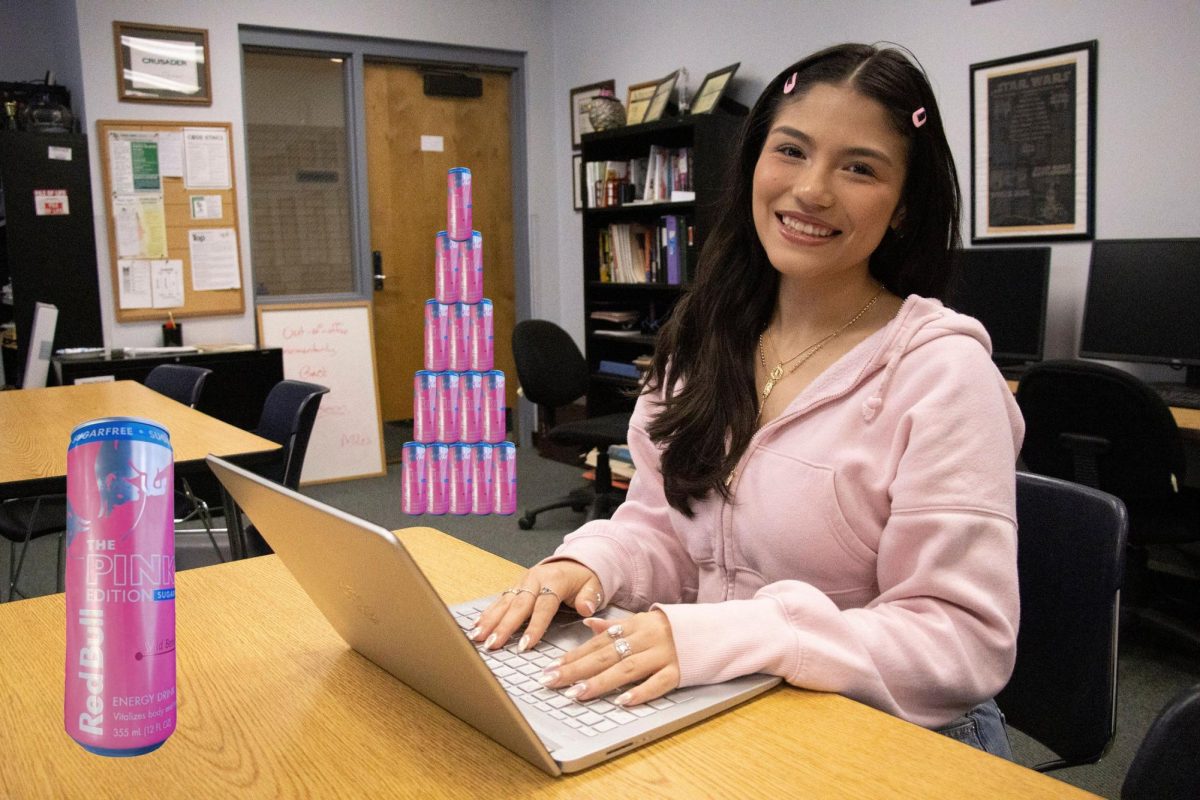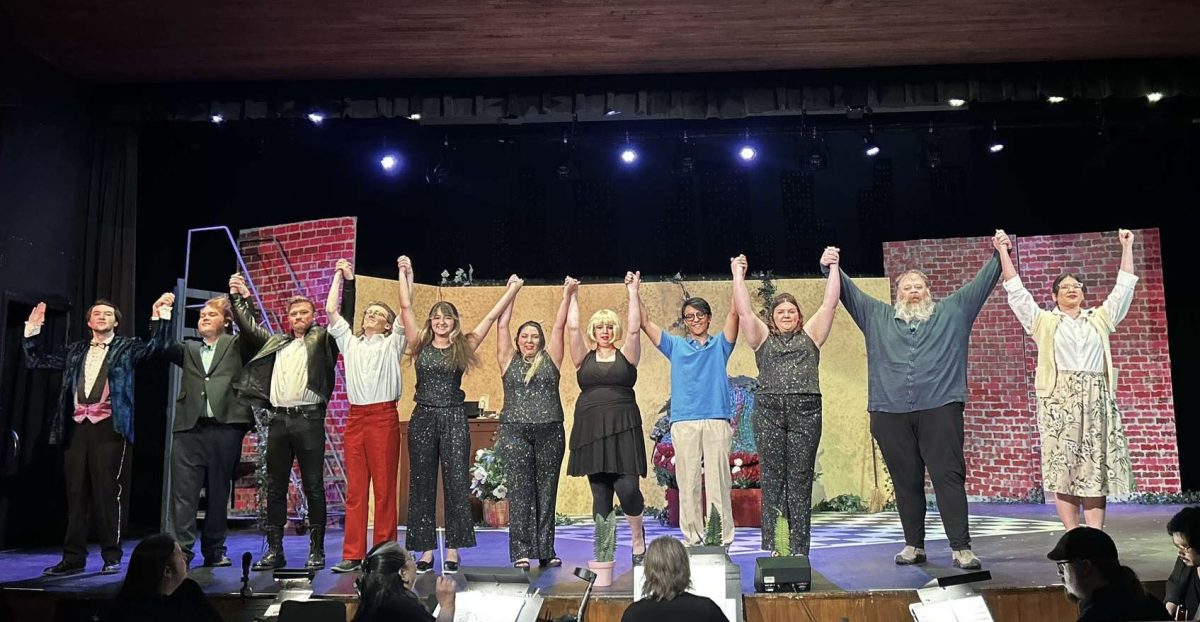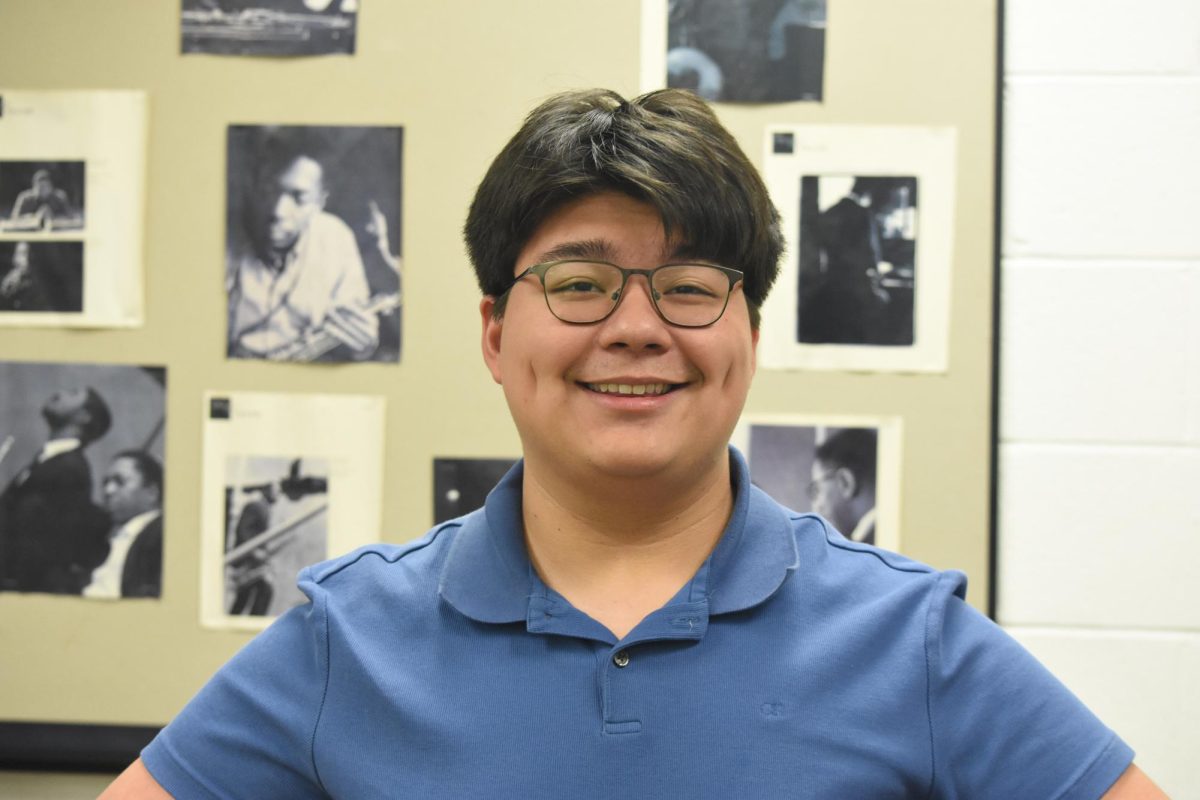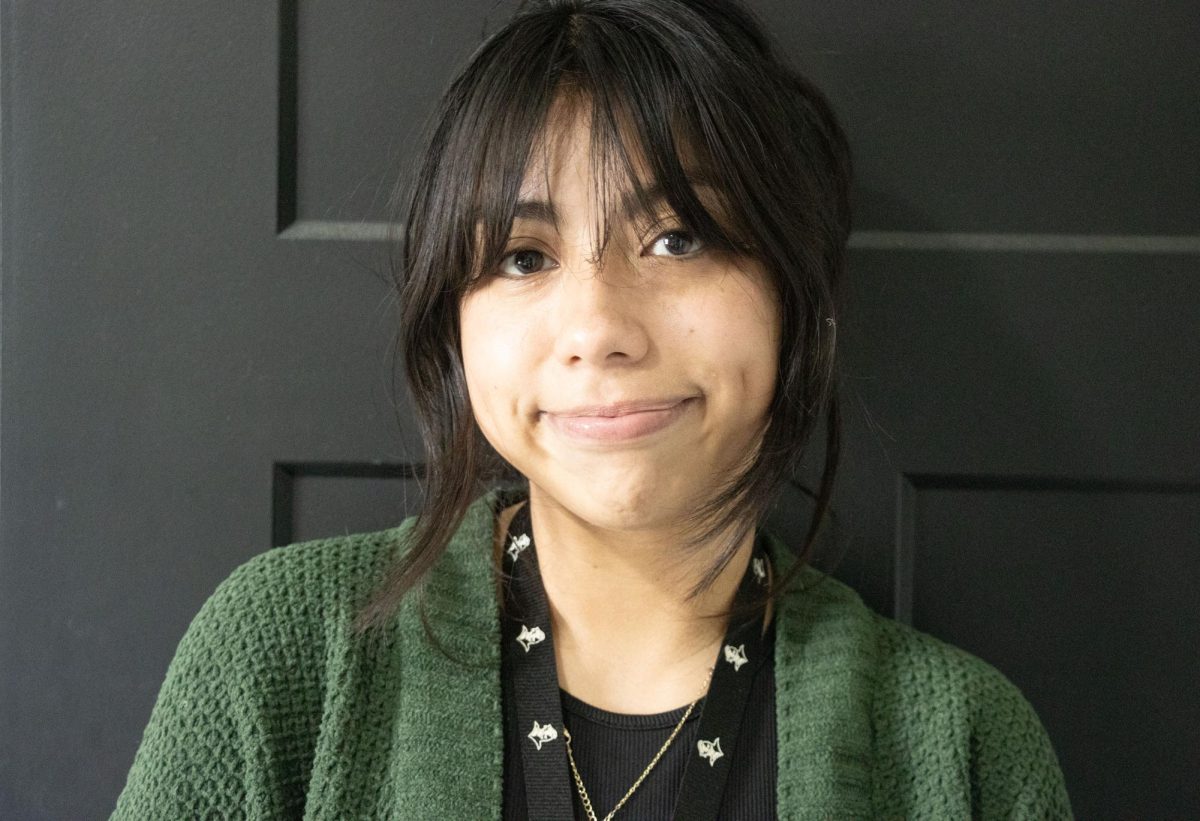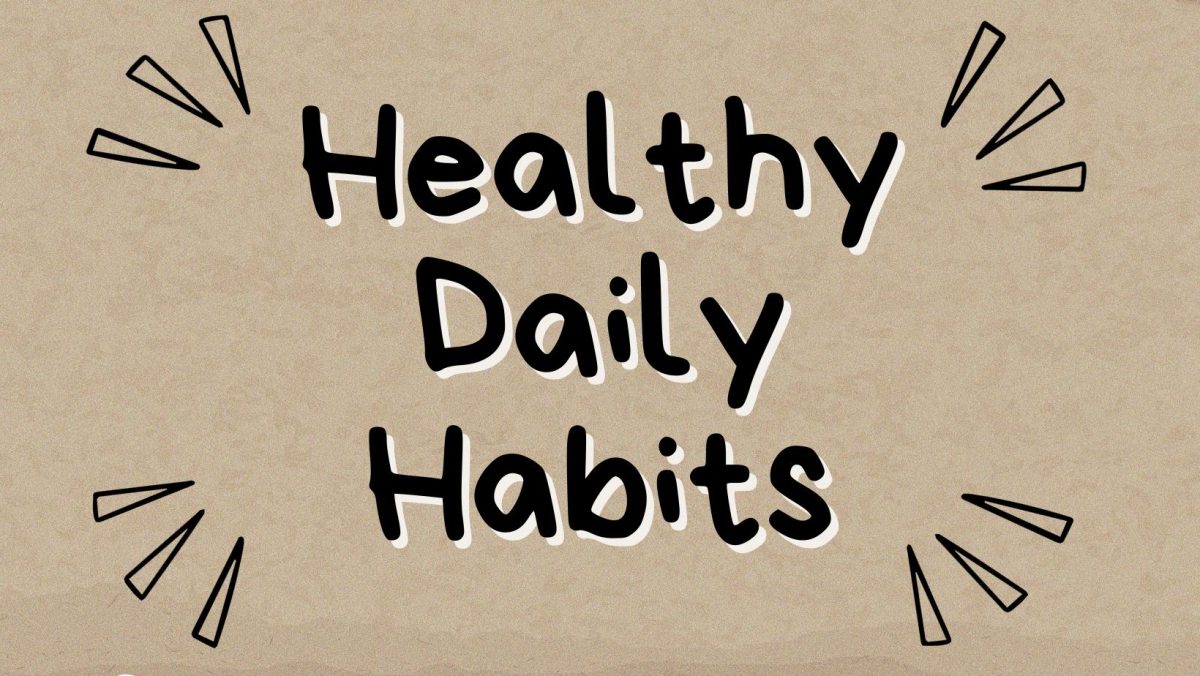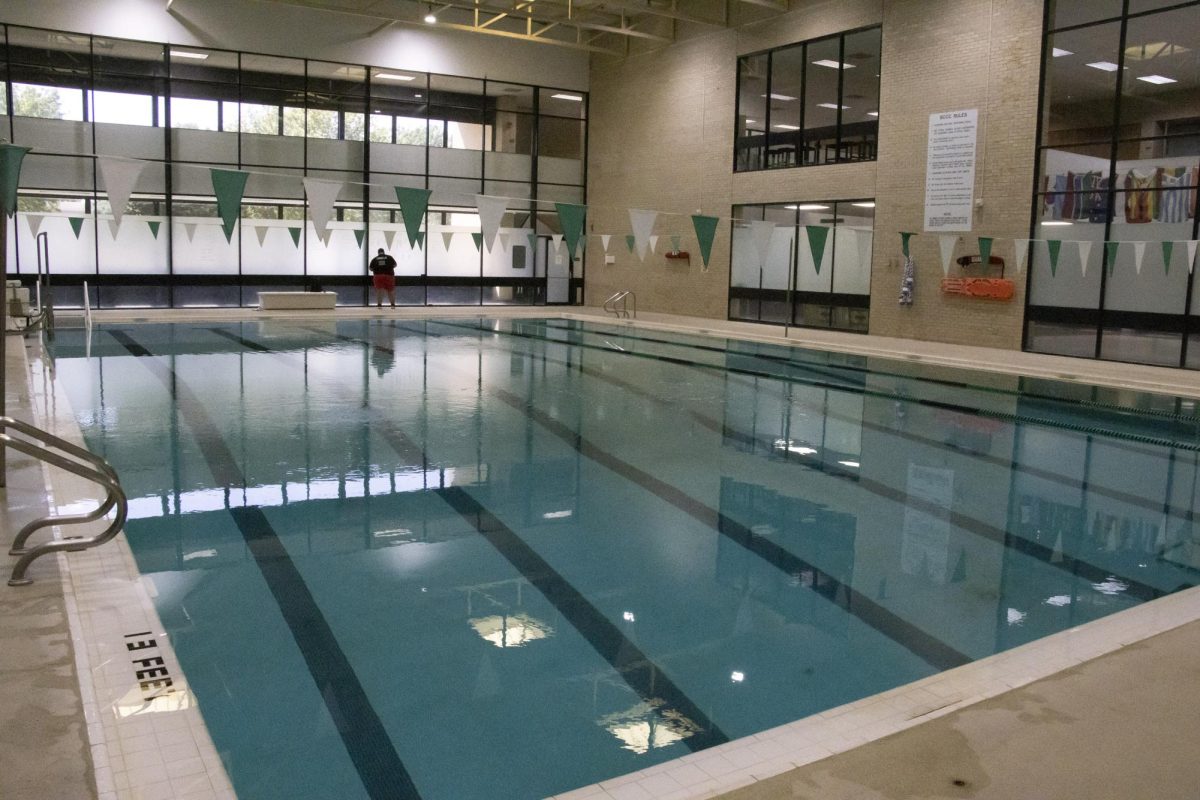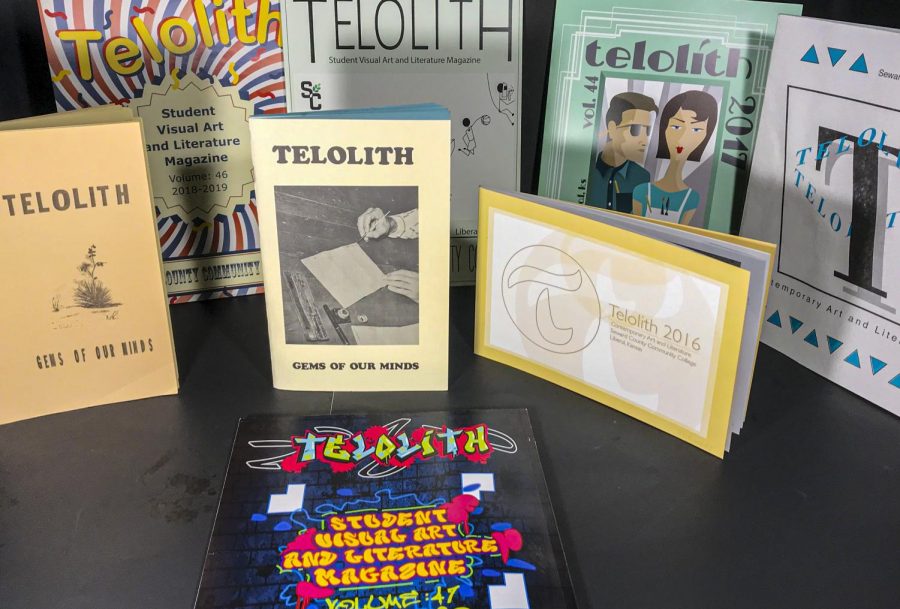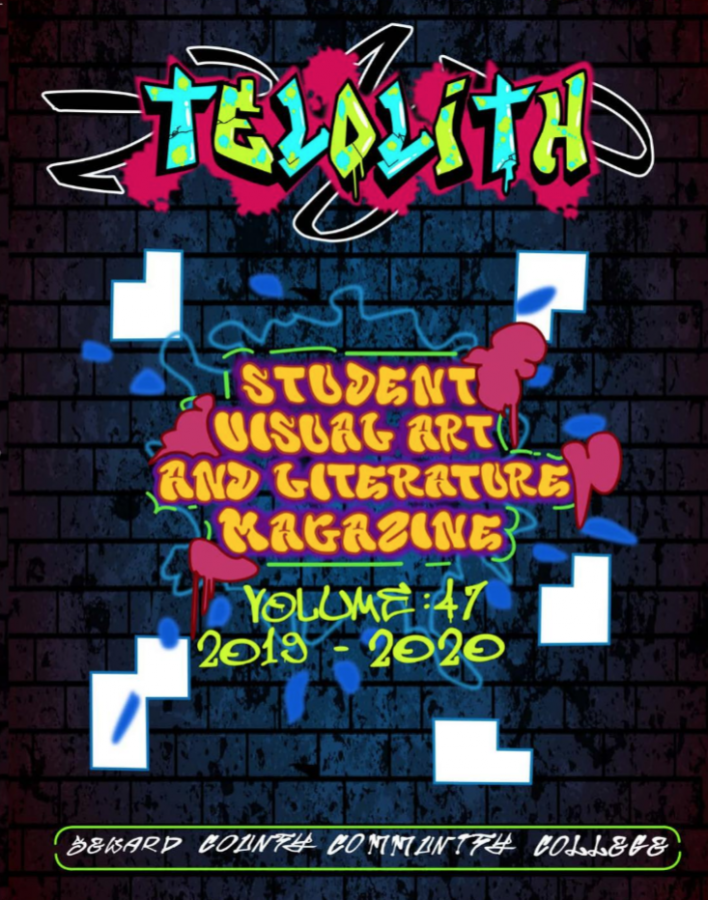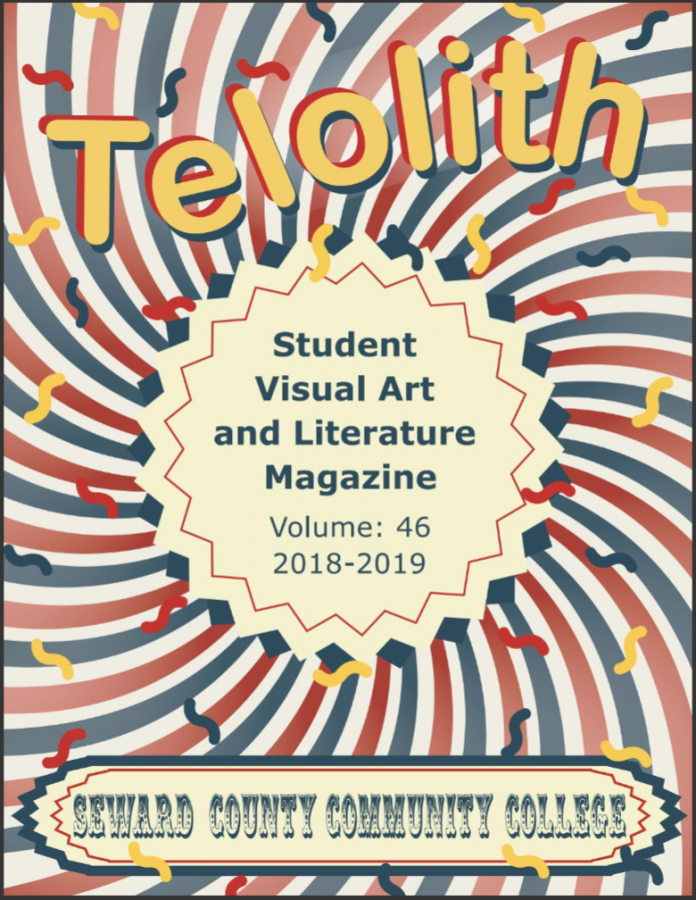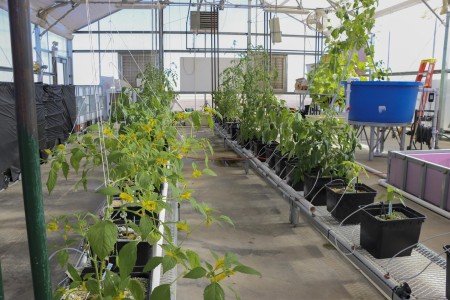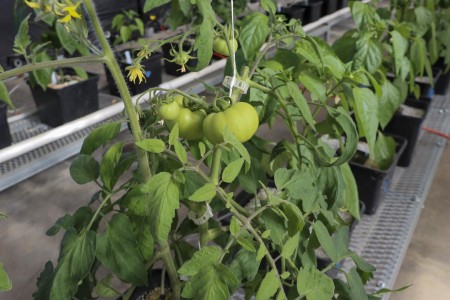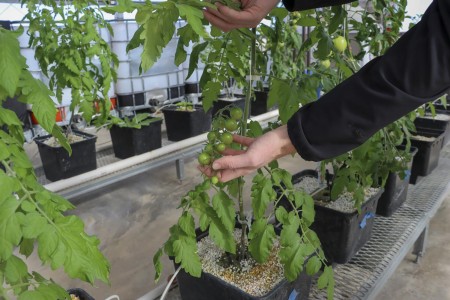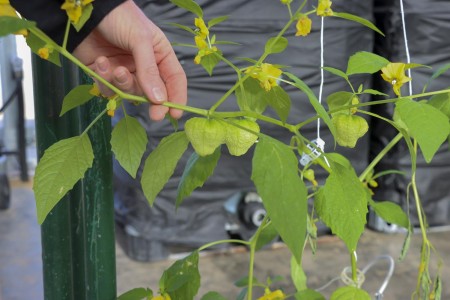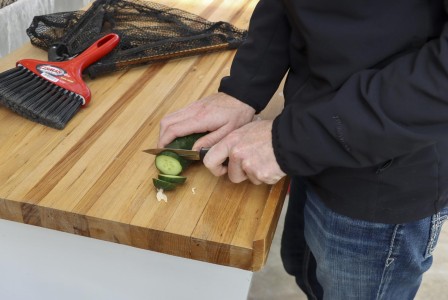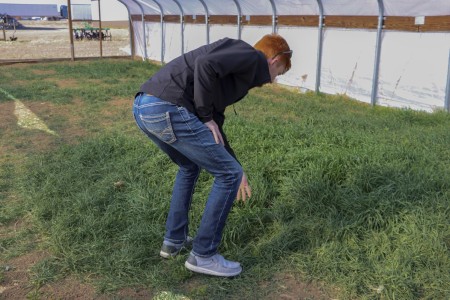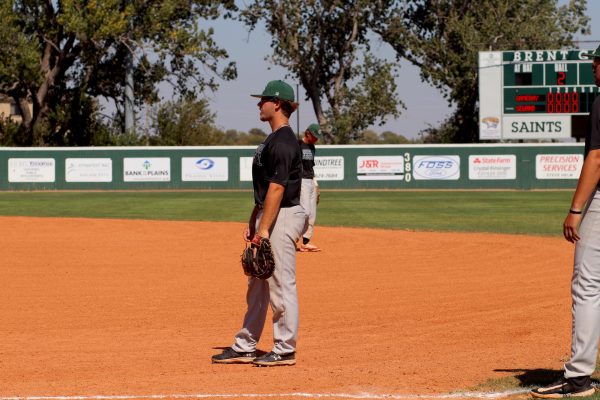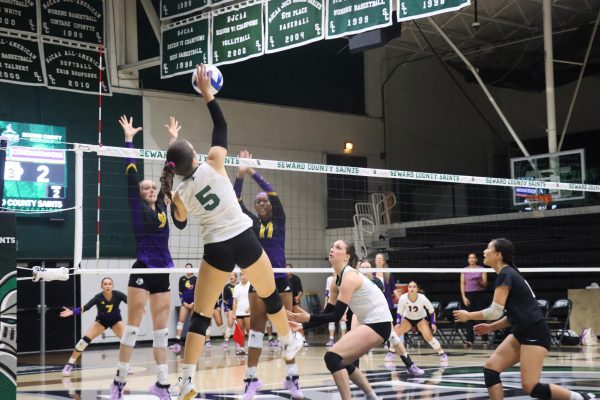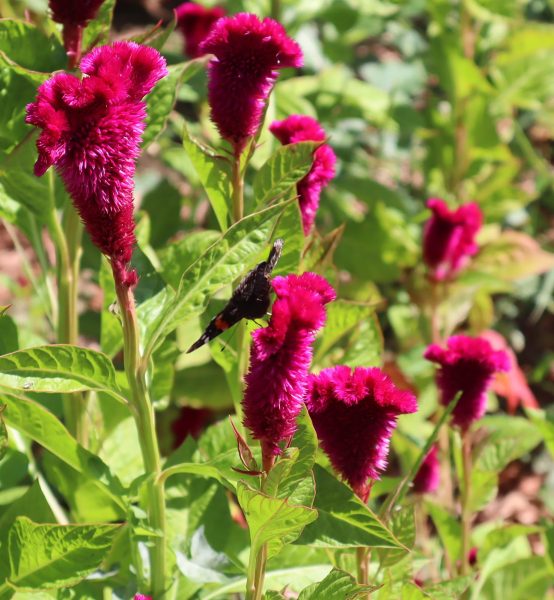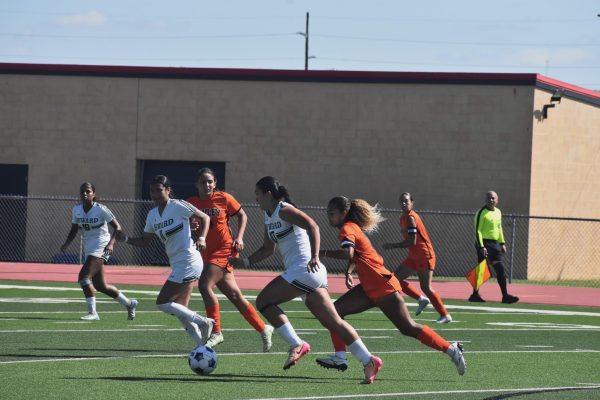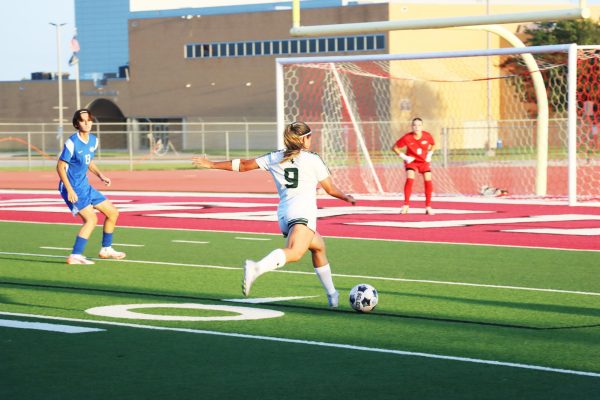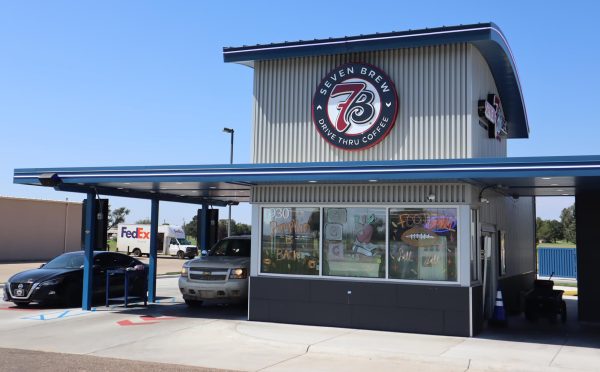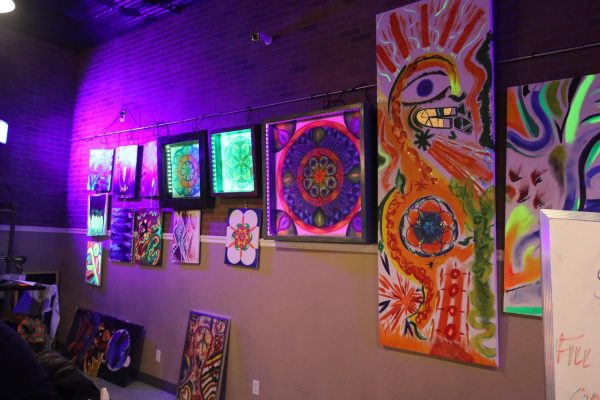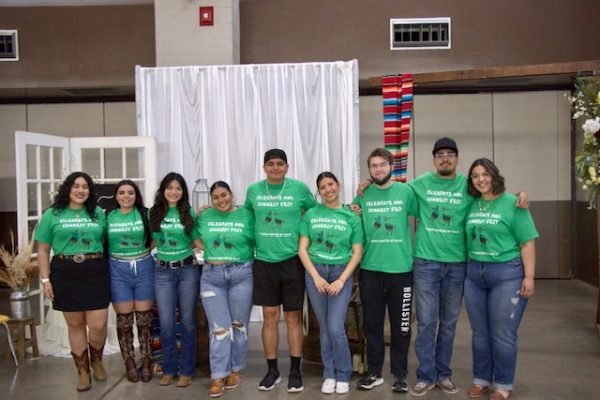Something is always growing at the Ag department
On the northeast side of the Seward County Community College campus sits the Agriculture building. The three greenhouses on the side and back often go unnoticed. But inside the hot humid space is a space full of life.
Most of the students that join the agriculture program, grew up “inside” of the industry. They spent their lives on their parents’ or grandparents’ farm, driving combines and riding in tractors during harvest. SCCC keeps this hands-on approach by growing plants, breeding fish and making biodiesel.

The agriculture greenhouse sits beside the main building. It is where they produce biodiesel. The other two greenhouses are where they grow most of the plants and breed fish. They also have a big field behind, where they grow wheat.
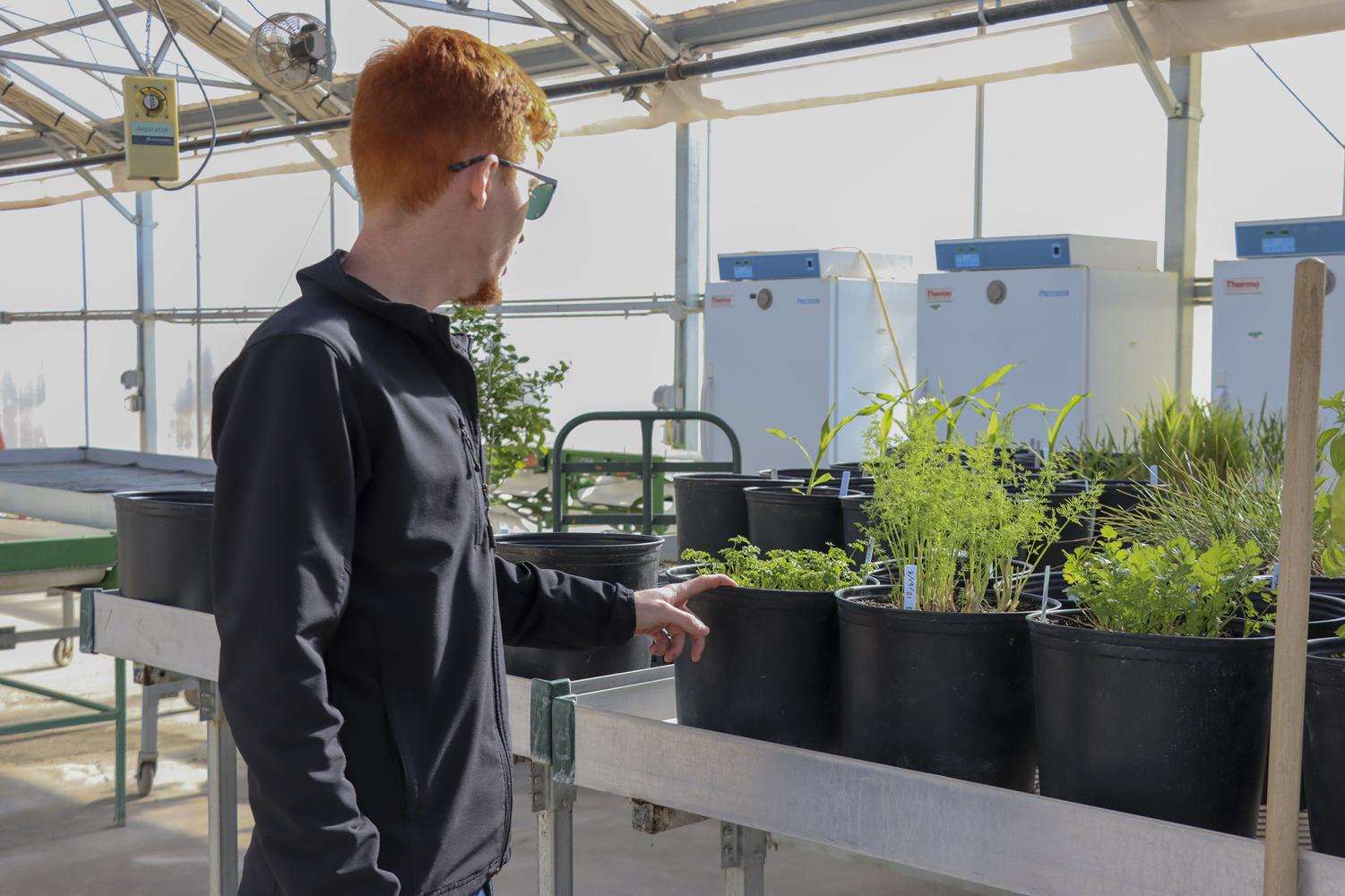
Jaxon Teeter, agriculture major, mentioned that his passion for agriculture started when he was young. He is inspired by his father and both grandfathers, who are all farmers. Teeter shows some herbs he has been growing in the first greenhouse. He said that one thing he likes about the program is the fact that it is “very hands-on.” They are always in the greenhouse or in the field.
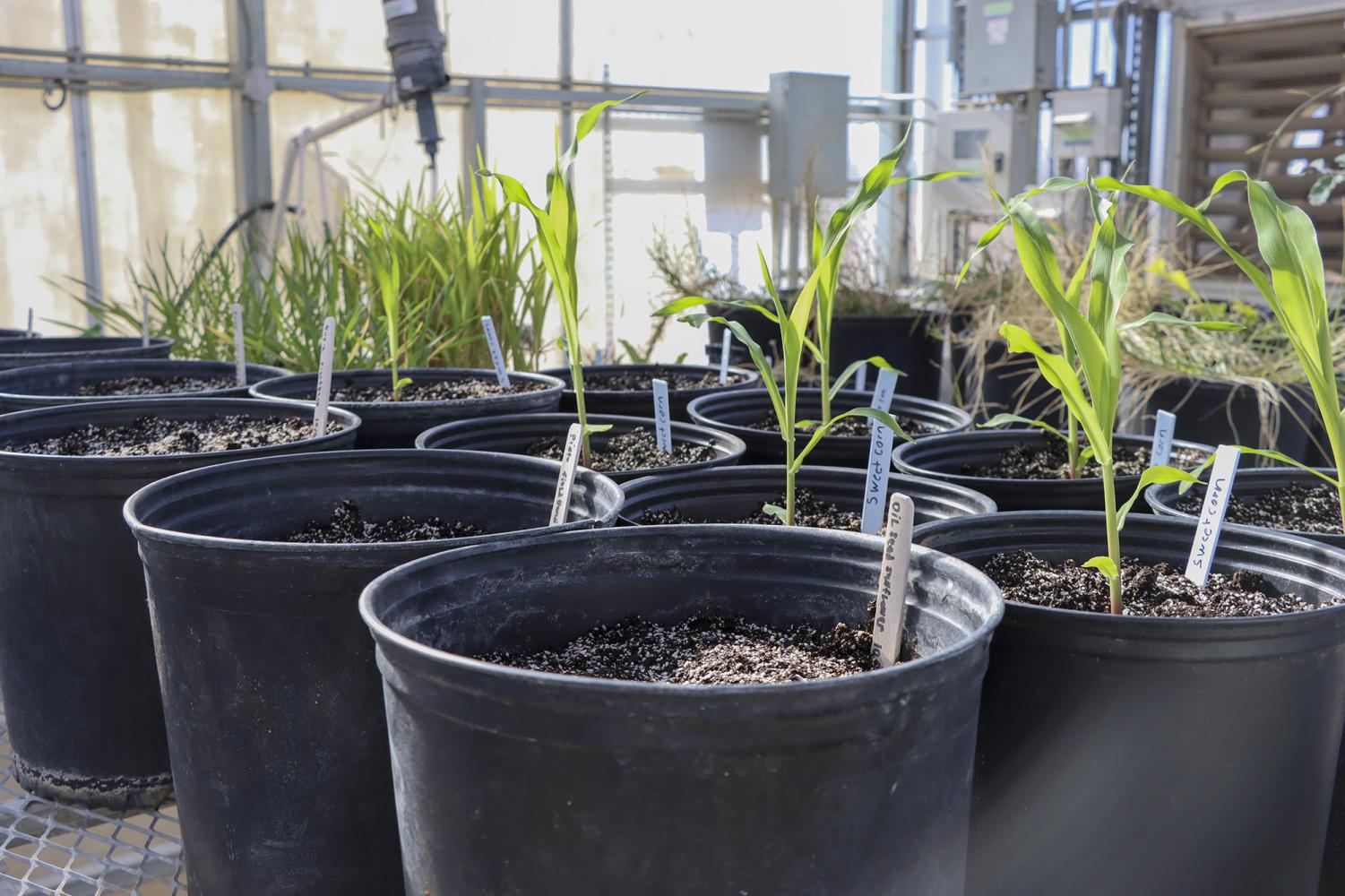
There are a variety of different crops planted in that greenhouse that it is used for identification practice for the crop judging team.
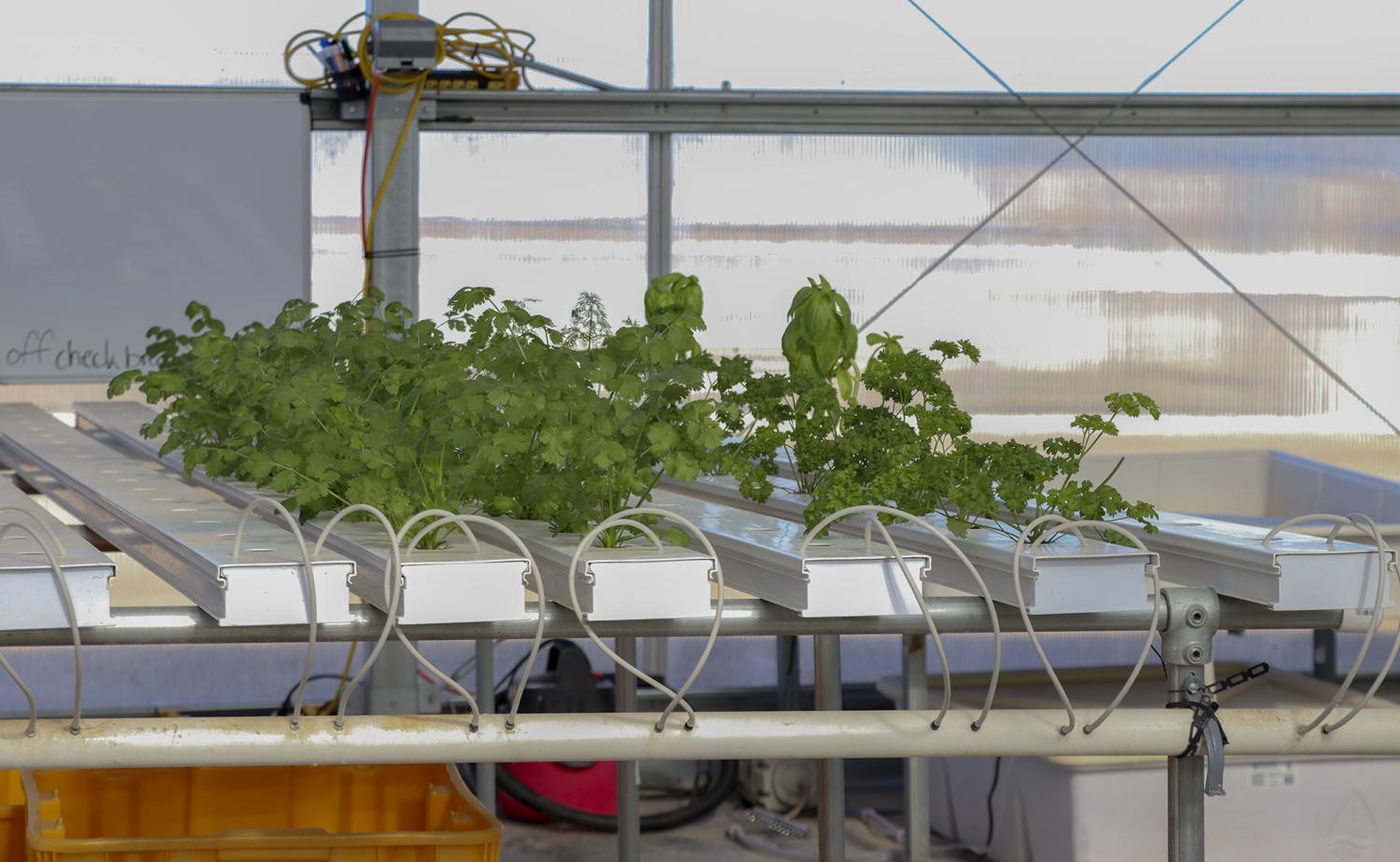
Jaxon Teeter explains that they have an NFT system that uses fish water as a resource. The poly tubing lets the water flow through the table sitting on a decline recycling the water.
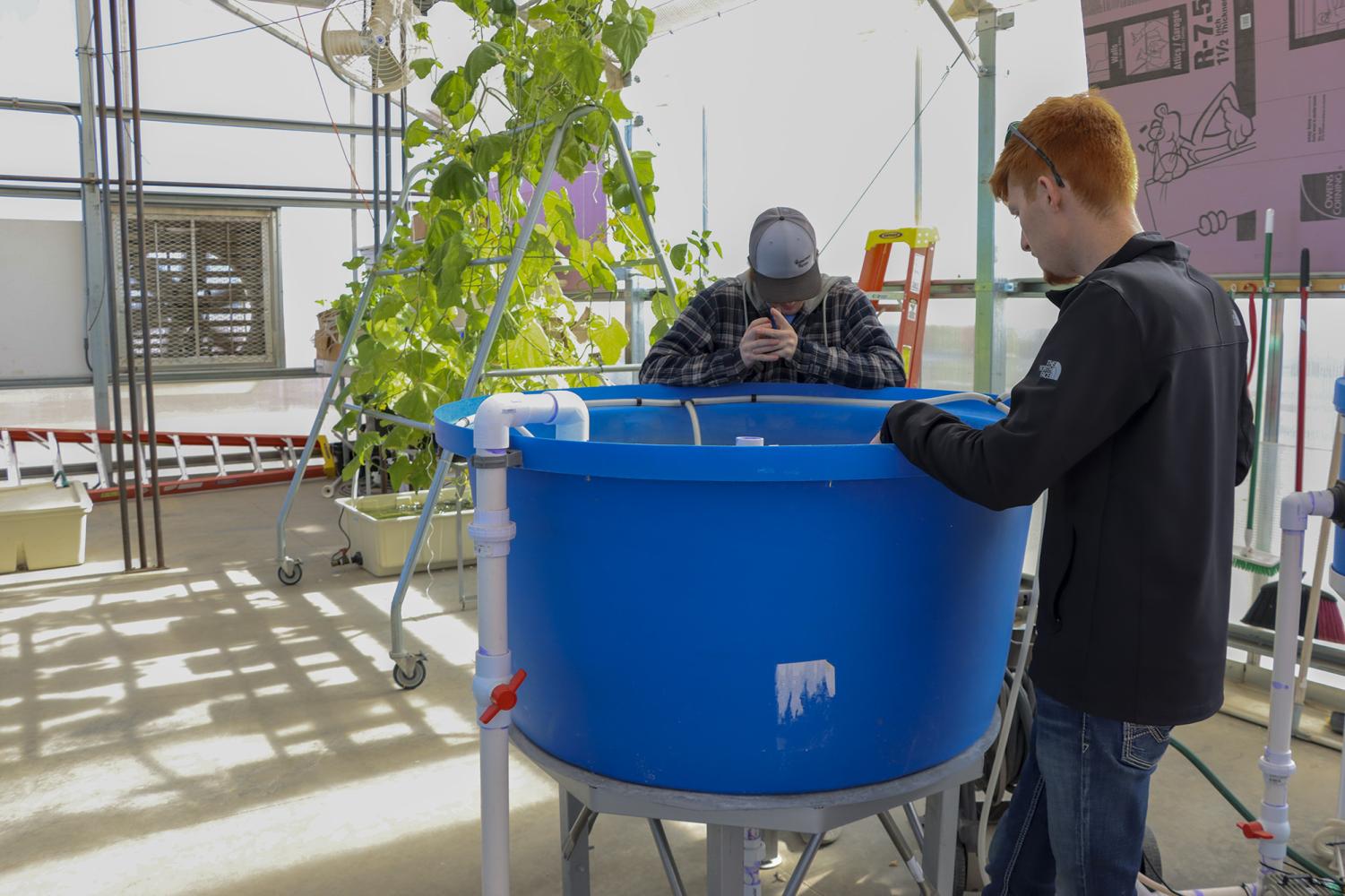
Teeter and his classmate, Jurney Bird, show the blue tank that holds the breeding fish. There are five fish in this tank but they have produced over 1,000 fish in four years. Teeter mentioned that the fish need to be fed a certain amount of food everyday, depending on the size and weight.
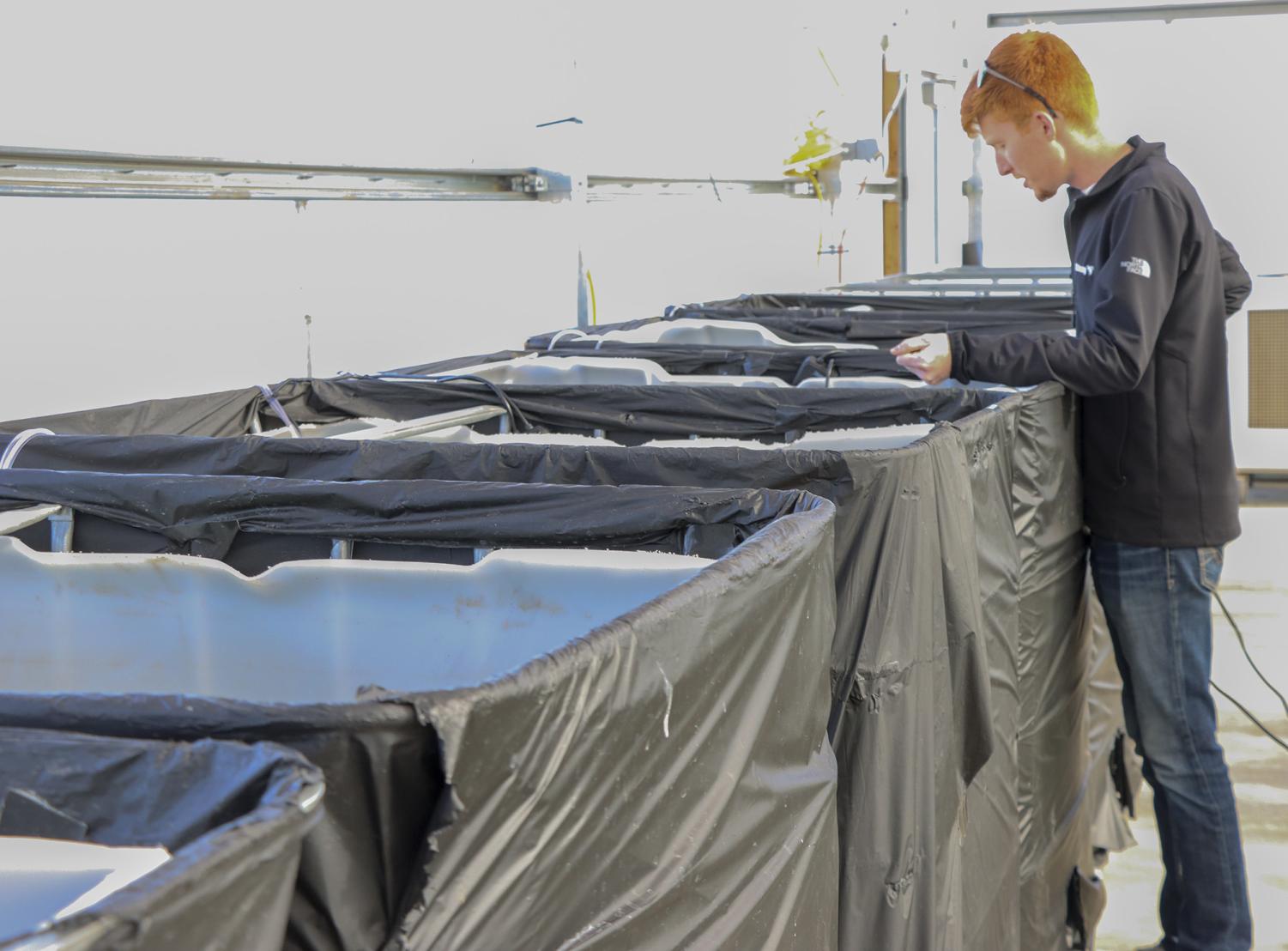
Most of the fish are kept in fertilizer totes. There are about 300 gallons and can hold anywhere from 50-300 fish, depending on size. Teeter said he loves taking care of the fish in the greenhouse. Right behind the totes there is a table chart where it says, “I love fishes.”

Teeter feeds the fish for the day. There is the right amount of food each tank can get per day, which is written down in a table chart close to the tanks.
In one of their greenhouses, the ag. students grow a variety of plants like tomatillos, squash, tomatoes and peppers. They use a dutch bucket system, the recycled fish water is pumped into the rockwool, which is the medium where the plants grow.

Teeter and Bird work together to raise a tomato plant so it grows up instead of out. They mentioned that a normal day for them starts in the morning in the classroom and during the afternoon they usually work in the greenhouse or in different projects around the ag building.
Teeter harvests a cucumber that they grew in the greenhouse. Some herbs were also ready to be harvested and eaten.
Ag students also grow wheat, which is one of the things Teeter makes sure to water almost daily.
Teeter said there are so many different aspects to the program that not a lot of other colleges offer. He loves that the program is mostly hands-on and that “the instructors are great at what they do.”
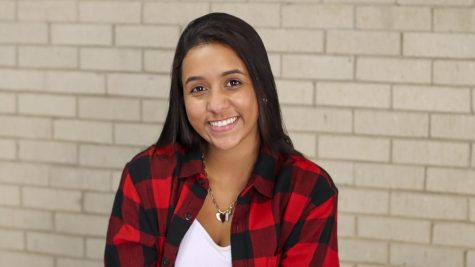
Victoria Martins is a 20-year-old super sophomore, from Brazil. She has a lot of fun doing things for Crusader News, so she...




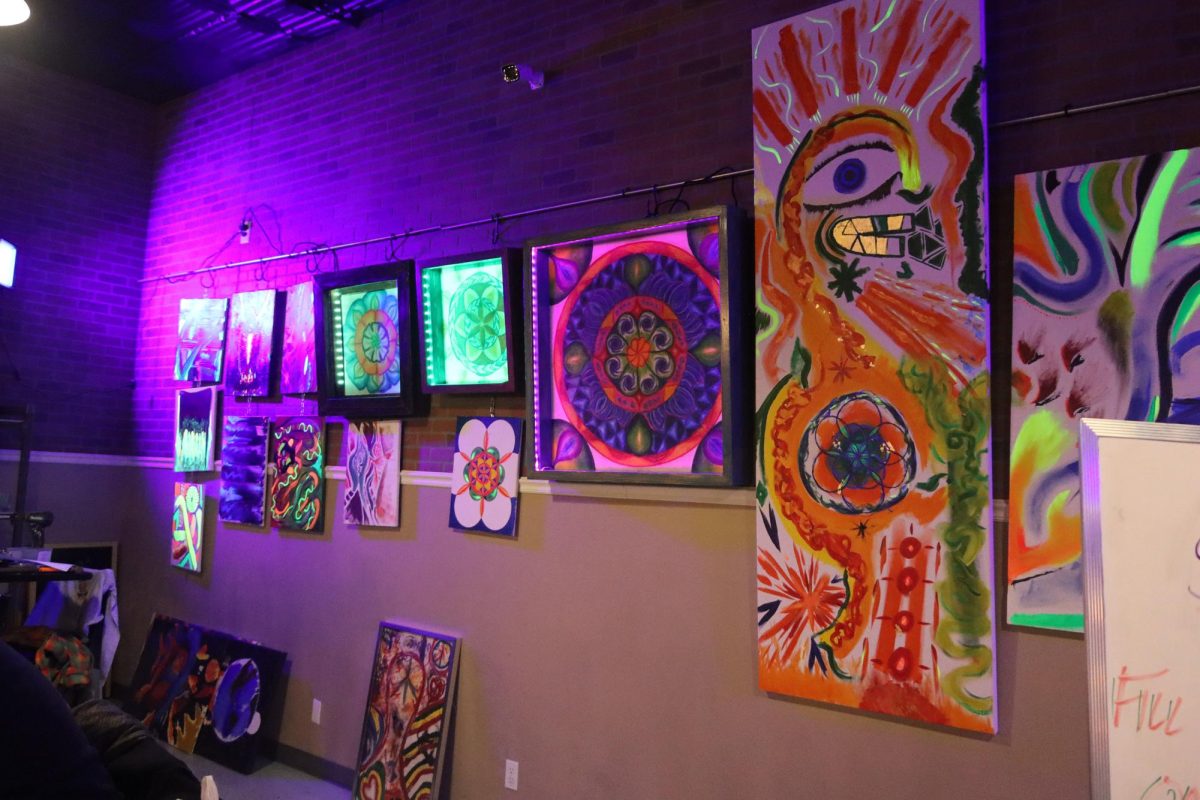
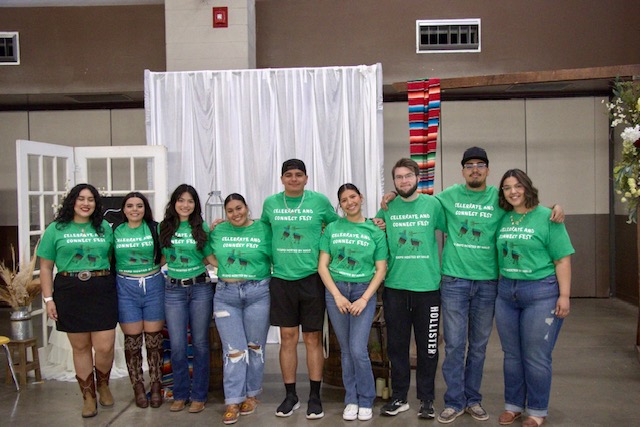
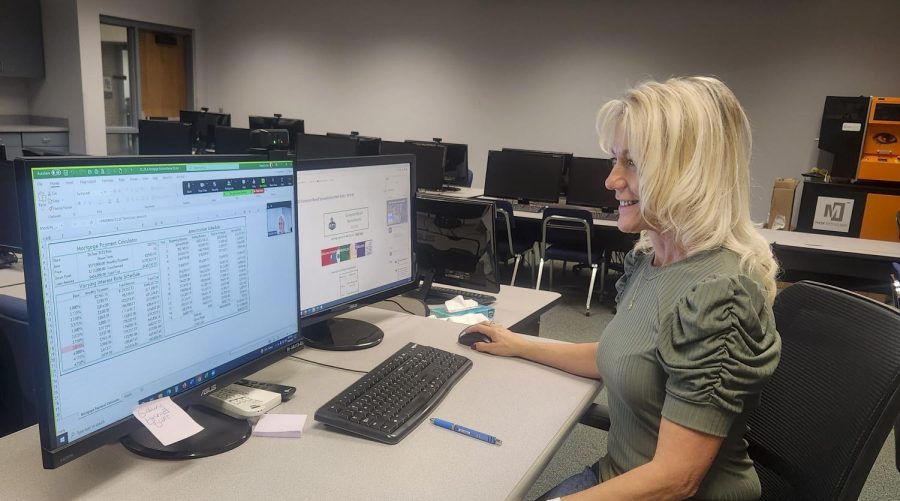


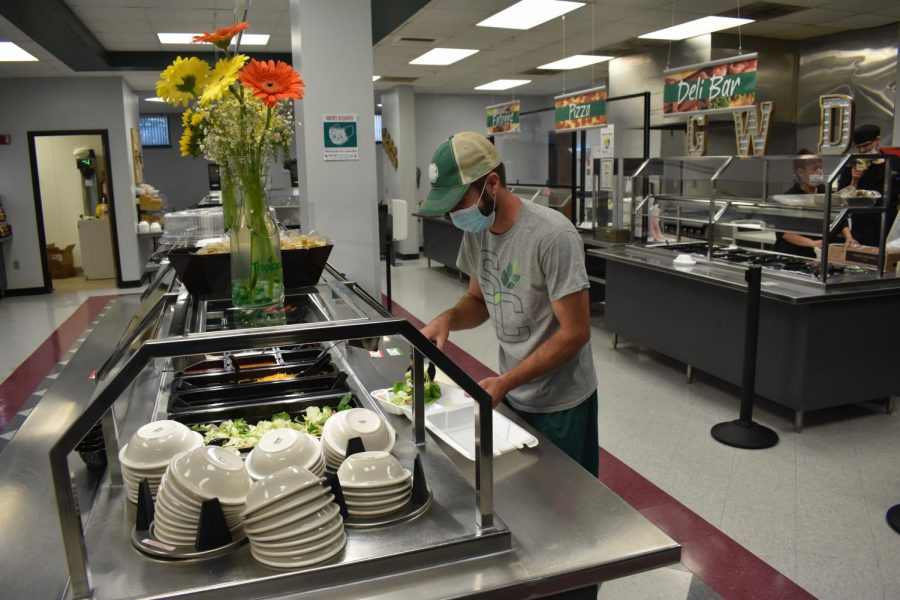

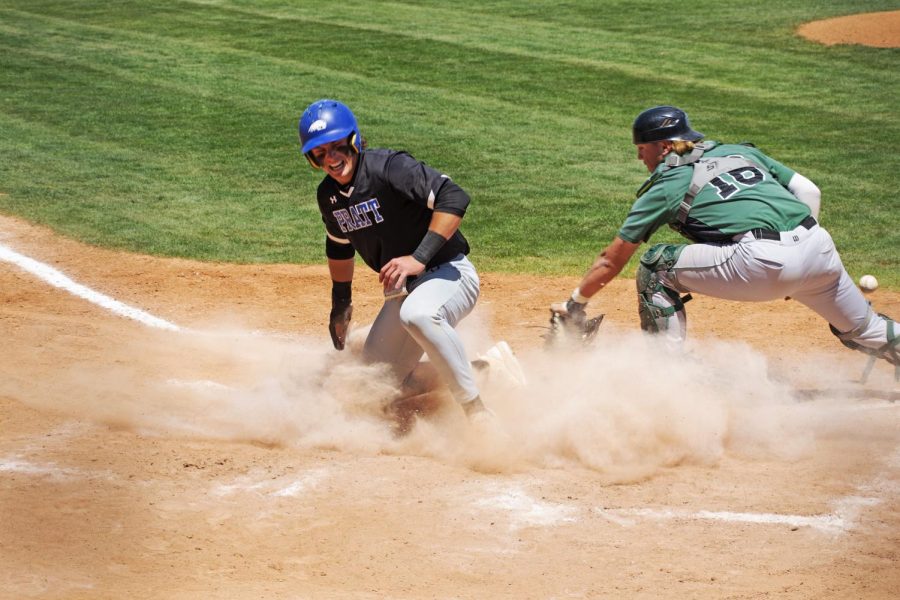
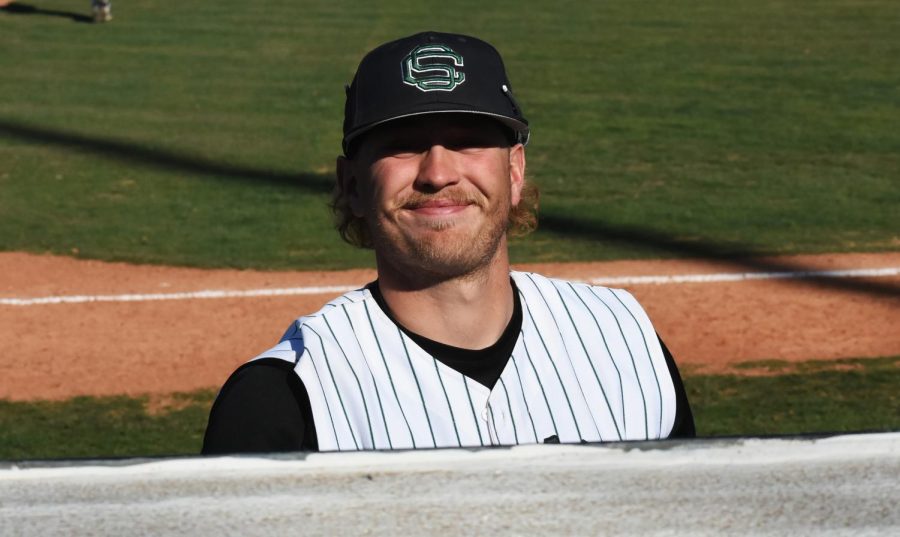
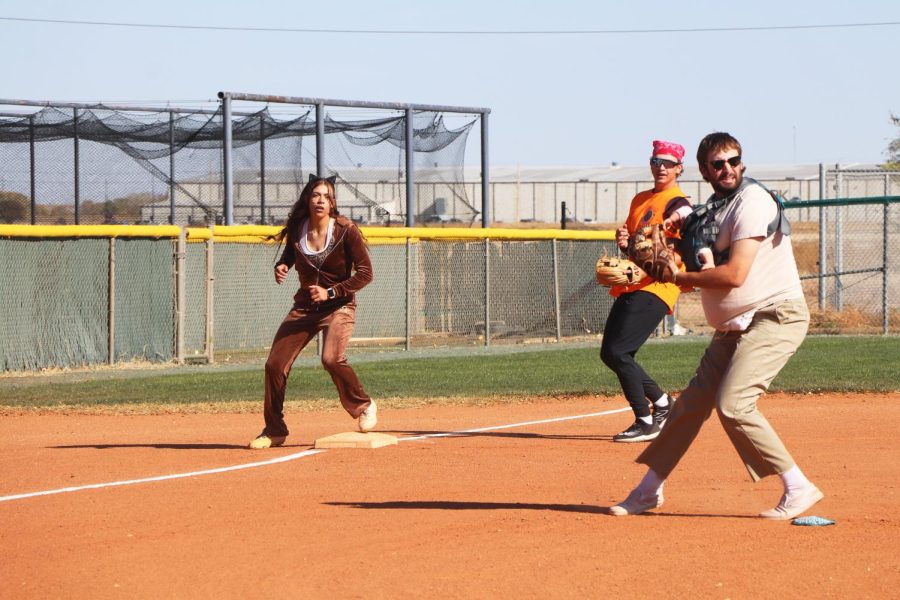
![The sophomores were recognized on the field instead of walking across the stage during their doubleheader. They received their diplomas and a picture of themselves playing during their career at Seward. [Pictured left to right are Dylan Day, Reed Thomas, Jase Schneider, Mason Martinez, Gannon Hardin, Brody Boisvert, and Zach Walker]](https://crusadernews.com/wp-content/uploads/2022/05/WEBDSC_0275-900x454.jpg)
